Today I realized it’s been almost two months since I posted anything on the blog. And sure, I could blame it on colder weather and fewer camping trips. But that, of course, is not the main reason. Connecting with nature, after all, doesn’t require days of paddling or backpacking. Nature can be experienced anywhere: during our weekly microadventures, a brief walk around the neighbourhood or even on my balcony in the middle of Toronto. This dry spell is not so much due to a lack of new locations but rather scarcity of new ideas. So here I am sitting in my bedroom, bathed in November’s late afternoon light, listening to a boisterous bickering of sparrows on my balcony, and attempting to tackle this writer’s block the way I would normally tackle a trail – by putting one foot in front of the other or, in this case, one word after another.
Today’s post is going to be about one my favourite microadventure destination – Boyne Valley Provincial Park. Our microadventure tradition started years ago, born out of recognition that we were more familiar with far away parks than places close to home. Since then, almost every Saturday, unless we were camping, we would pack snacks and drinks and head for a hike somewhere within an hour drive from Toronto. One by one, those stories made it onto these virtual pages, some places more than once. All but Boyne Valley.
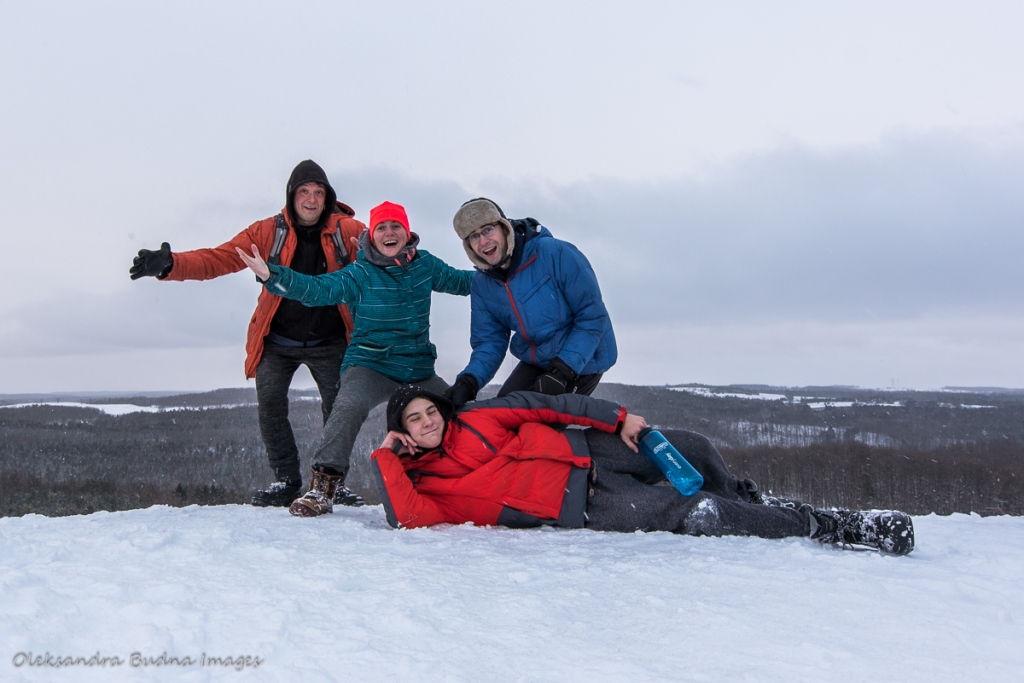
To be fair, we found the park comparatively recently, about two years ago. Our first hike there was in the middle of February last year. We ambled through knee-deep snow and freezing temperatures in hopes of catching a glimpse of the full moon from the Murphy’s Pinnacle Lookout. That particular endeavour was unsuccessful – the moon was too faint and everyone was too cold so we turned around.

Then a couple of months later, COVID reduced our microadventures to the Etobicoke Creek trail near our home. When we were finally able to get outside the city, every trail within an hour drive was overflowing with people looking for a reprieve from the pandemic. That’s when we remembered Boyne Valley. Surprisingly, the place was uncrowded. My family joked that it was unknown to people because it had never been featured on my blog and demanded a promise that I would keep it that way. And even though that promise was always intended as a joke (I am fully aware that my blog doesn’t have that much of a reach or influence), almost two years later, after numerous trips to the park, I still haven’t got a chance to write about it. Until today.
Boyne Valley Provincial Park is located just north of Orangeville. Part of the omnipresent Bruce Trail runs through it and together with the Boyne Valley Side Trail forms a six-kilometre loop. Another side trail forms a loop of its own – Primrose Loop – a little over four kilometres long. Both of these trails are moderately challenging: you are guaranteed to work up some sweat with frequent ups and downs, culminating in a climb to the Murphy’s Pinnacle Lookout, which we always tackle from the steeper side for some extra challenge.
The trail runs past farm fields and cuts through sprawling meadows. It weaves through tightly knit cedar groves, between hardwood giants that prop up the sky and past neat rows of pine trees. It jumps over babbling brooks and crosses creaky wooden bridges. It passes by gnarly apple trees and prickly gooseberry bushes, memories of former farm days caught in their branches. One of the biggest rewards is the view from the Murphy’s Pinnacle Lookout, constantly reshaped by changing seasons.
Unlike other, more flashy places along the Bruce Trail – Mono Cliffs and Nottawasaga Bluffs with their moss-covered crevices or Rattlesnake Point and Mount Nemo with their impressive cliffs, Boyne Valley’s beauty is quiet but no less striking in its soothing familiarity. The forest, fields and meadows, babbling brooks, that expansive view from the hill – all remind me of my grandparents’ village back in Ukraine. On some days, the wind carries over the soulful mooing of cows and I am immediately transported through space and time into the summers of my childhood.
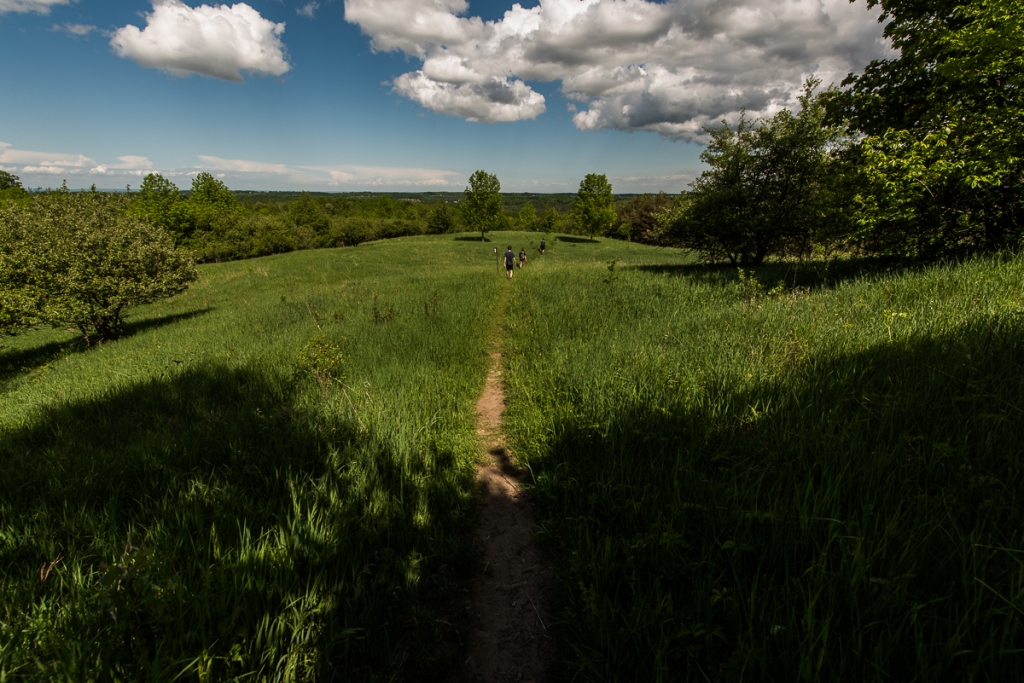
That’s probably why we keep returning to this place over and over again. That and a lack of crowds that often descend on other, more famous locations. By now, these trails recognize our treads. Over the last two years, our hiking shoes redrew tracks on a fresh canvas of snow on Christmas Day, trudged through early spring mud, strolled through lush summer grasses and crunched over a carpet of late autumn leaves.
And even though, after many return trips, I can easily trace both trails in my head with all their twists and turns, there’s always something new to discover. First shoots of green after a long winter. Tight spirals of fiddleheads, slowly unfurling into luscious, perfectly symmetrical ferns. Delicate ephemerals carpeting the forest floor: from three-point stars of trilliums to cheerful, curvy petals of trout lilies. Tiny pink pineapples of tamarack blooms. Sunny heads of dandelions and yellow-eyed daisies. Fuzzy husks of milkweed. Light streaming through infinite shades of green and first streaks of yellow peeking through. Trees poking the blue of the sky with their leafless branches, mounds of sticky snow balancing on their tips.
Returning to the same familiar place and watching it transform during the last two years – years that have sent shock waves through our entire existence – has offered a reassurance that nature will continue to follow its usual cycle no matter what. This permanence of change has become my constant in a shifting world. It has also served as a reminder that we too go through seasons and the lull of winter will eventually be shaken up by a vibrant spring. So as the last of fall’s flamboyance slowly dissolves on the ground, shadows get longer and the night eats away at the daylight, I let my inner rhythm slow down in sync with nature, take deeper breaths and delve into reflections.
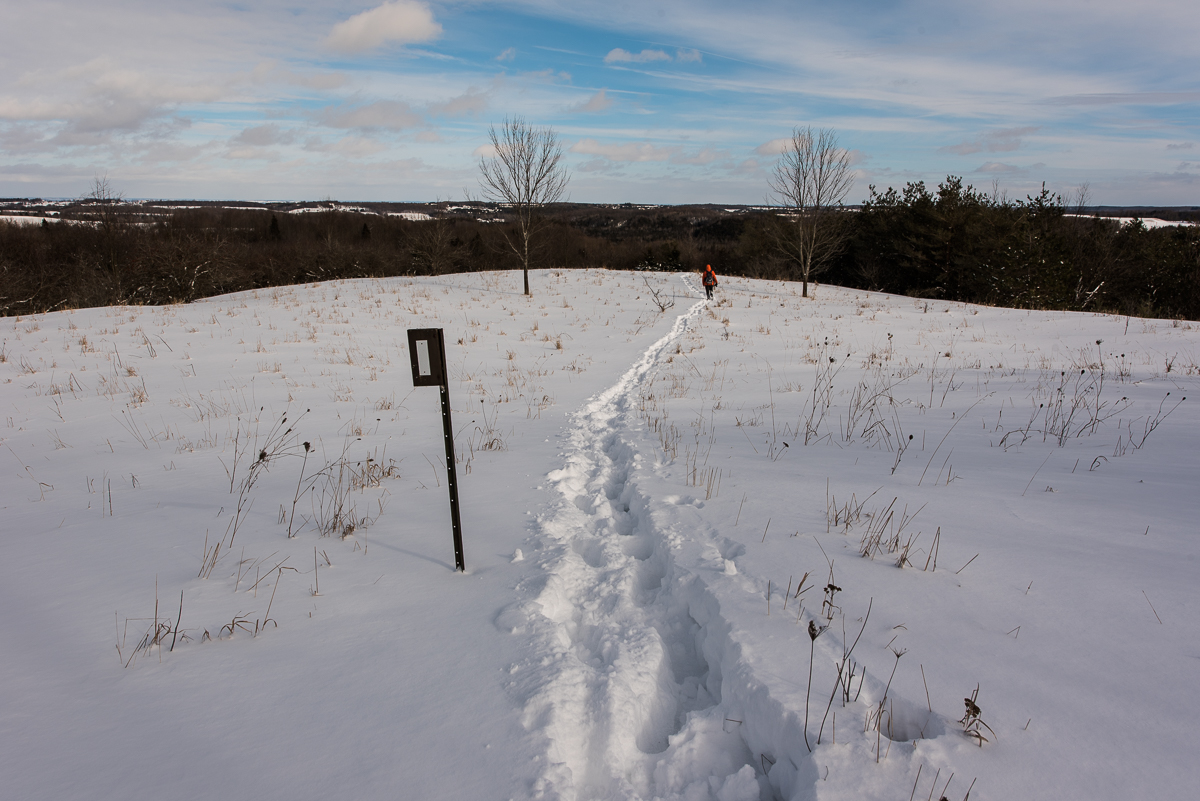
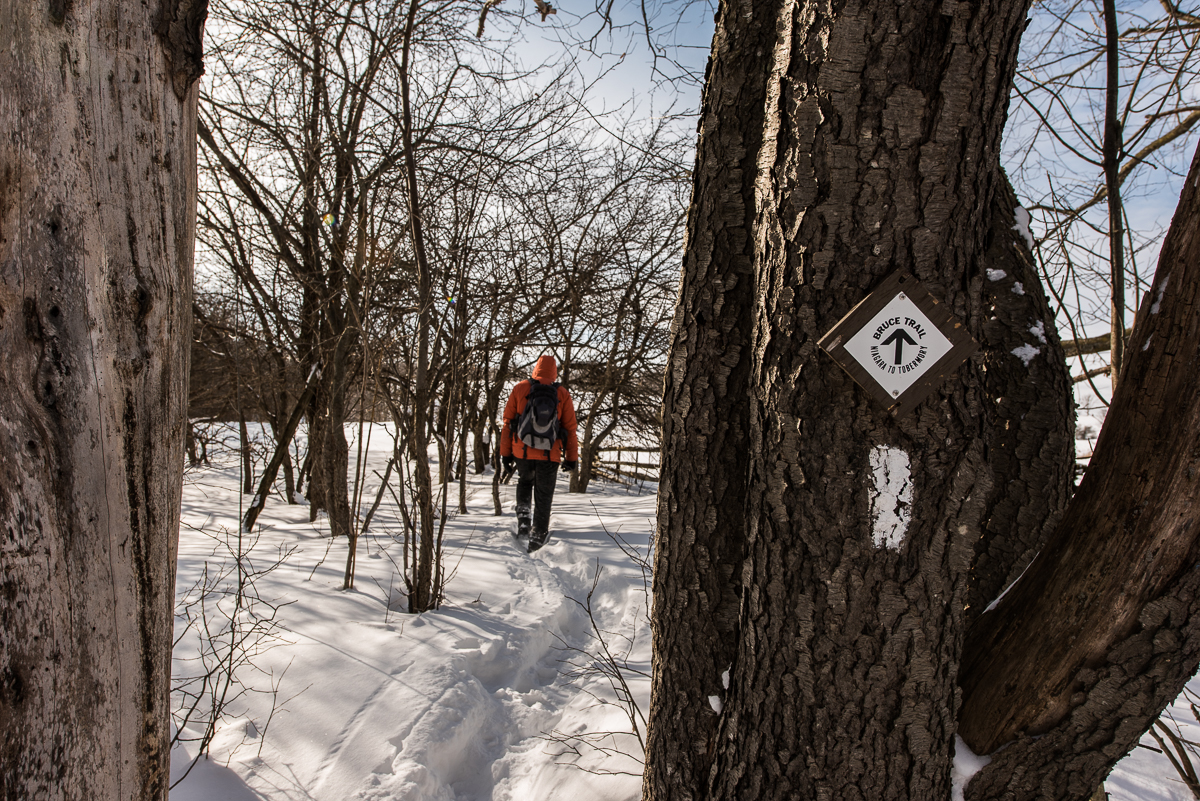

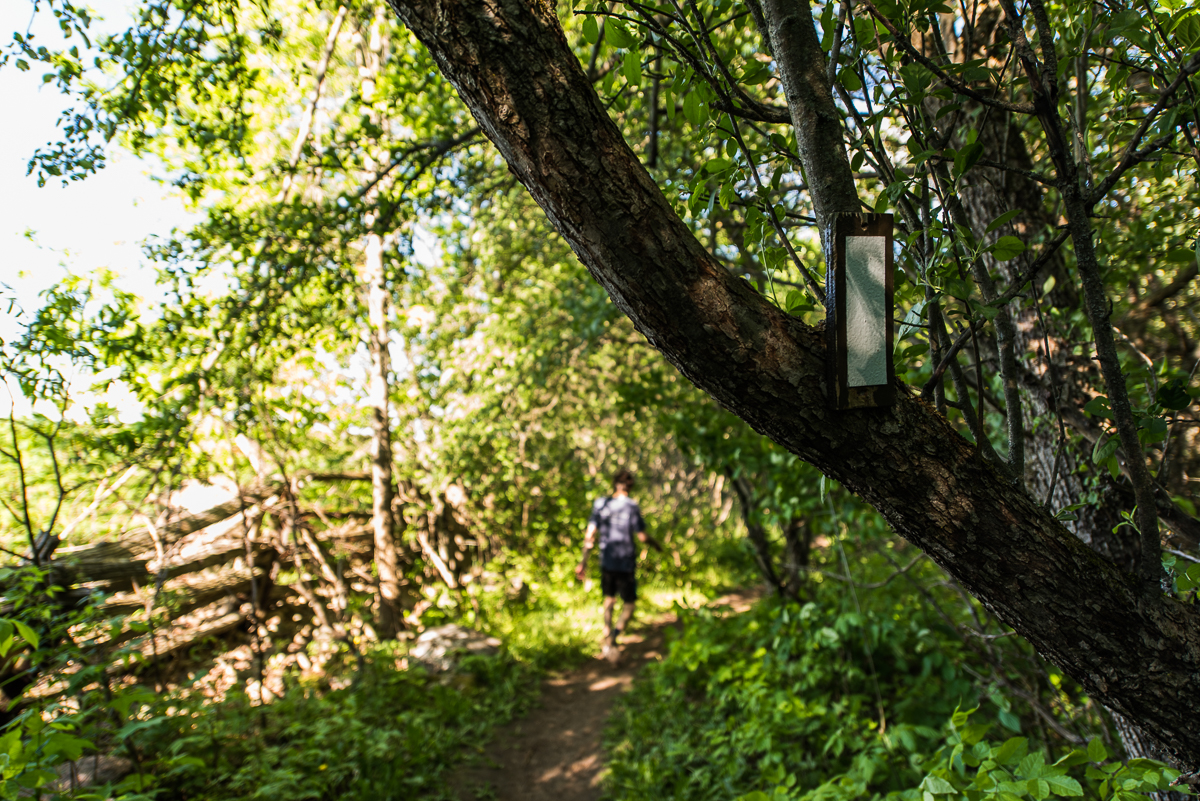

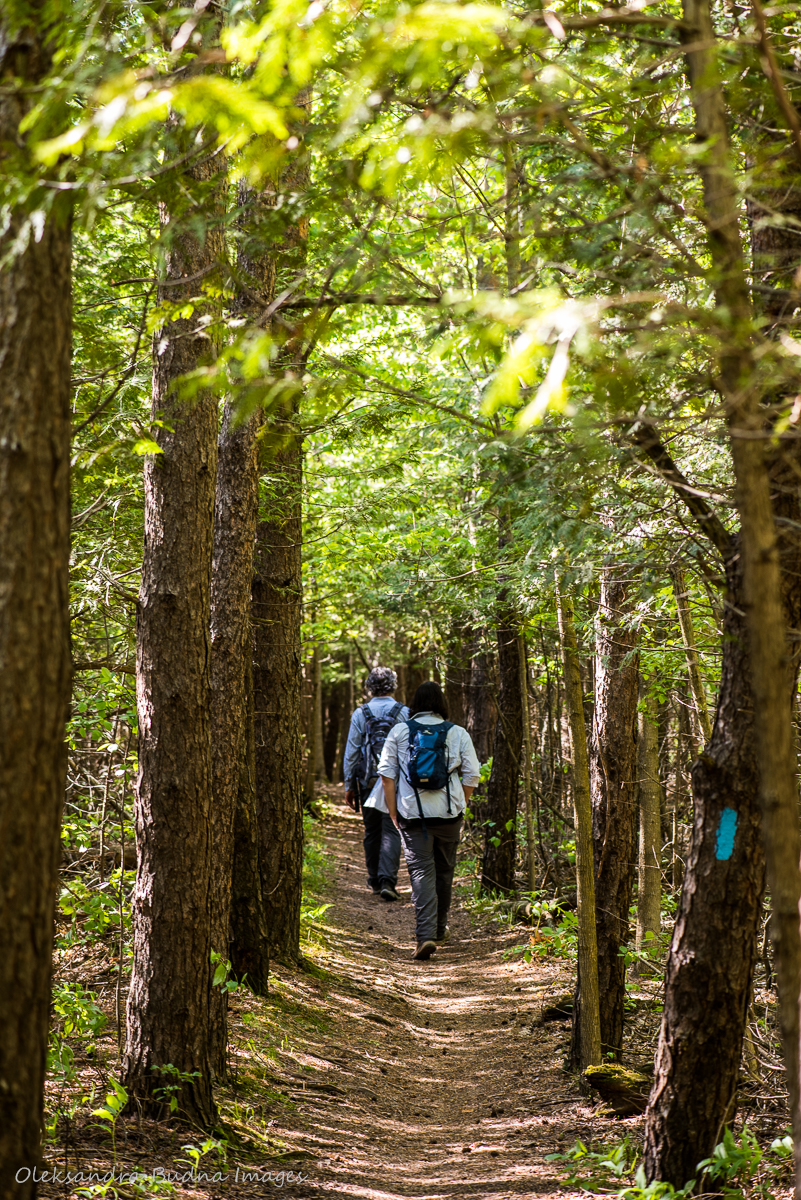
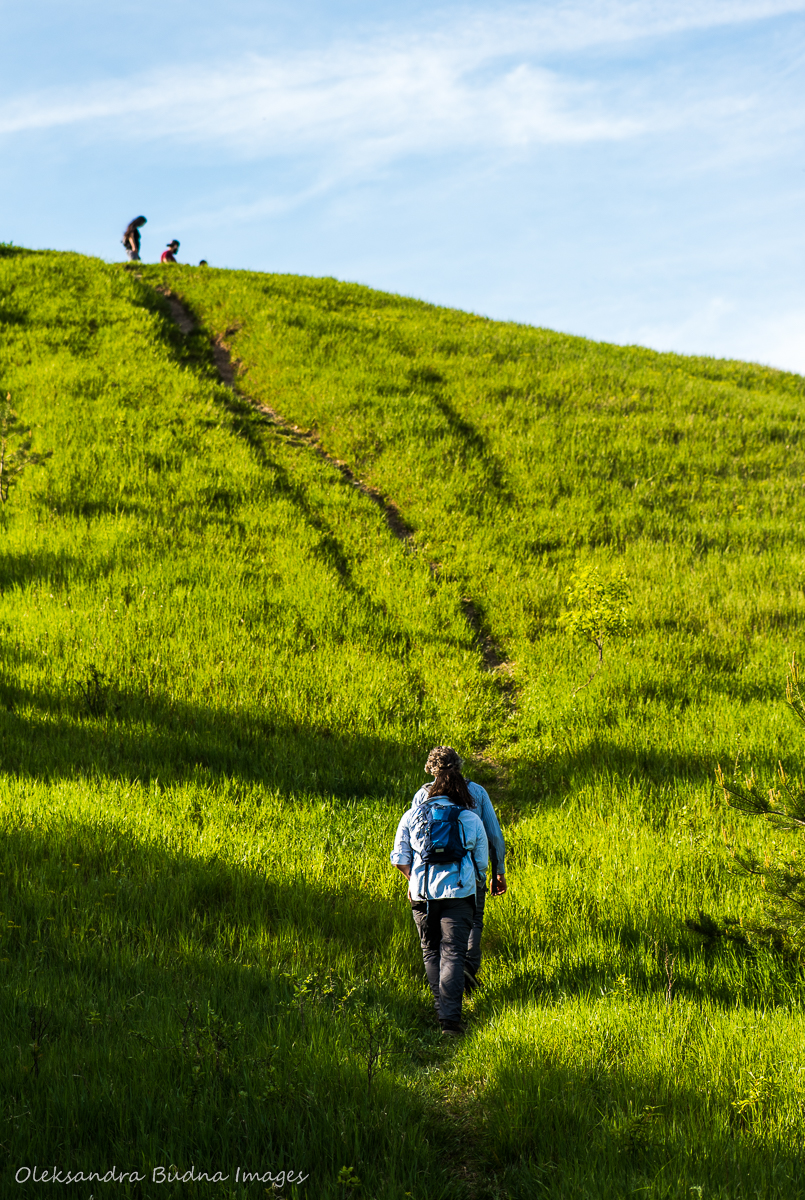
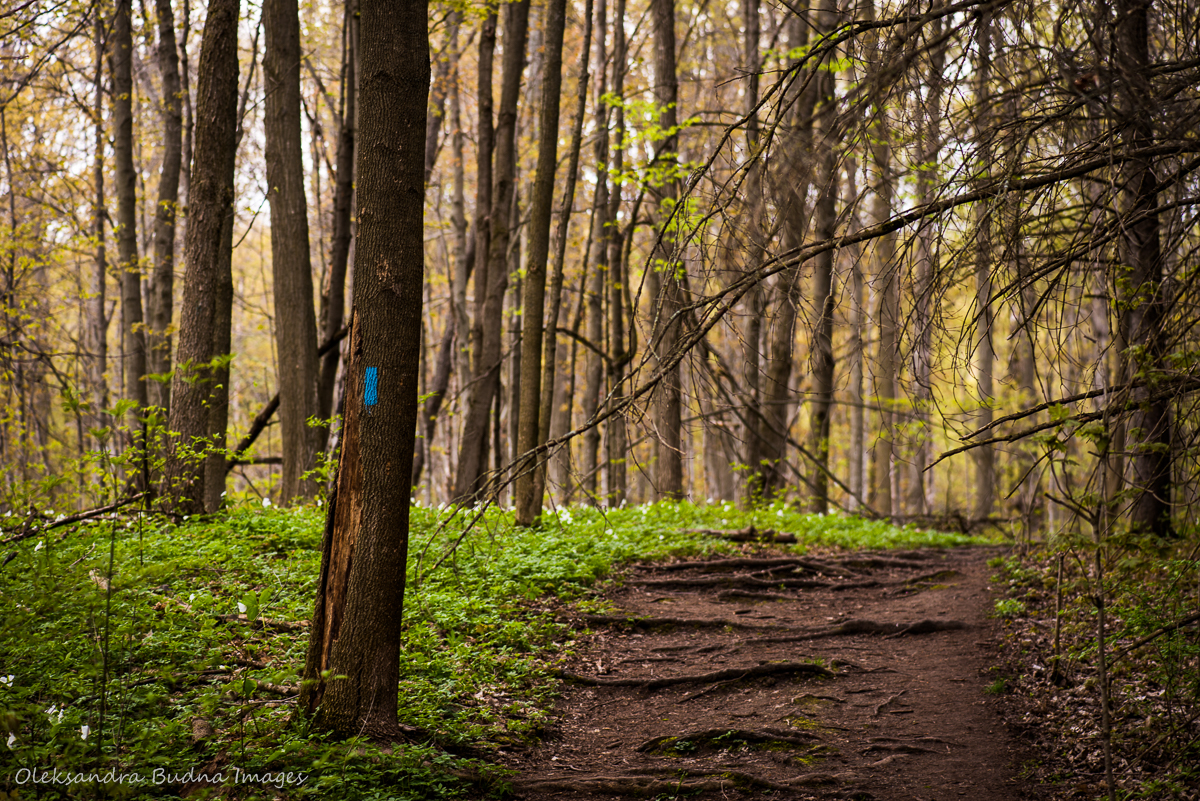
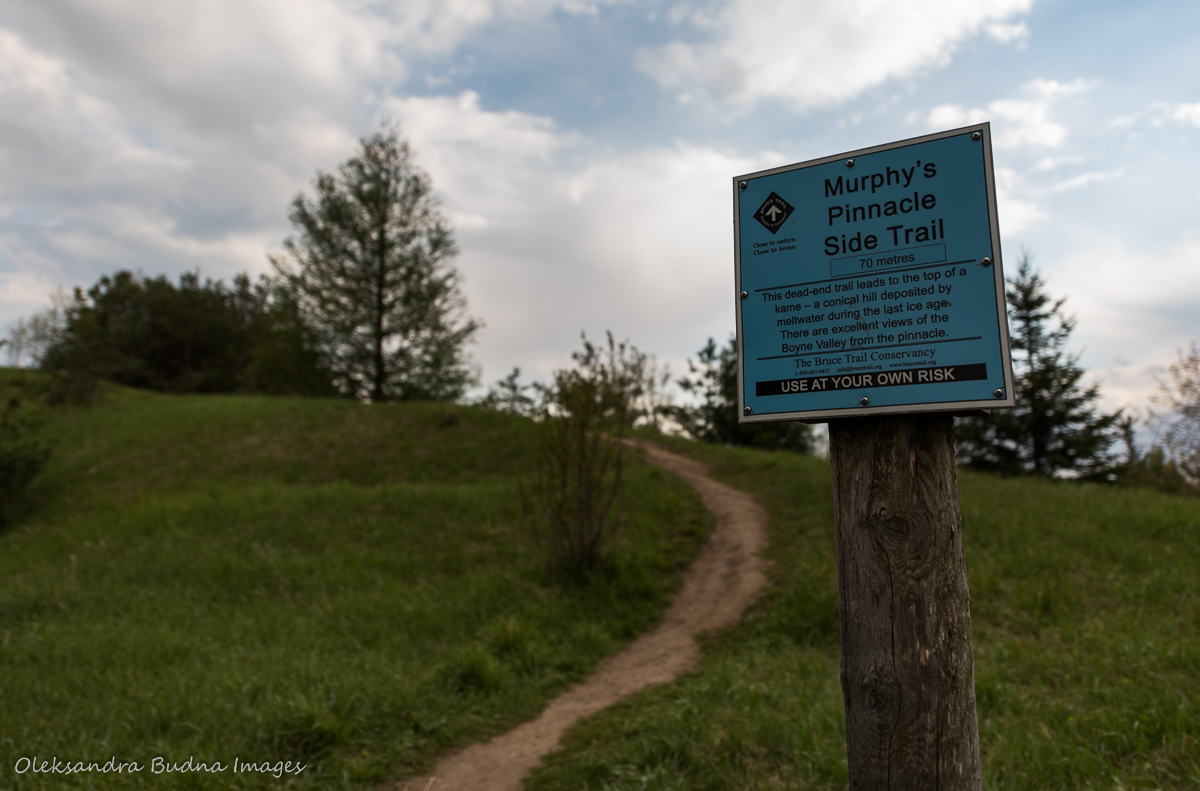

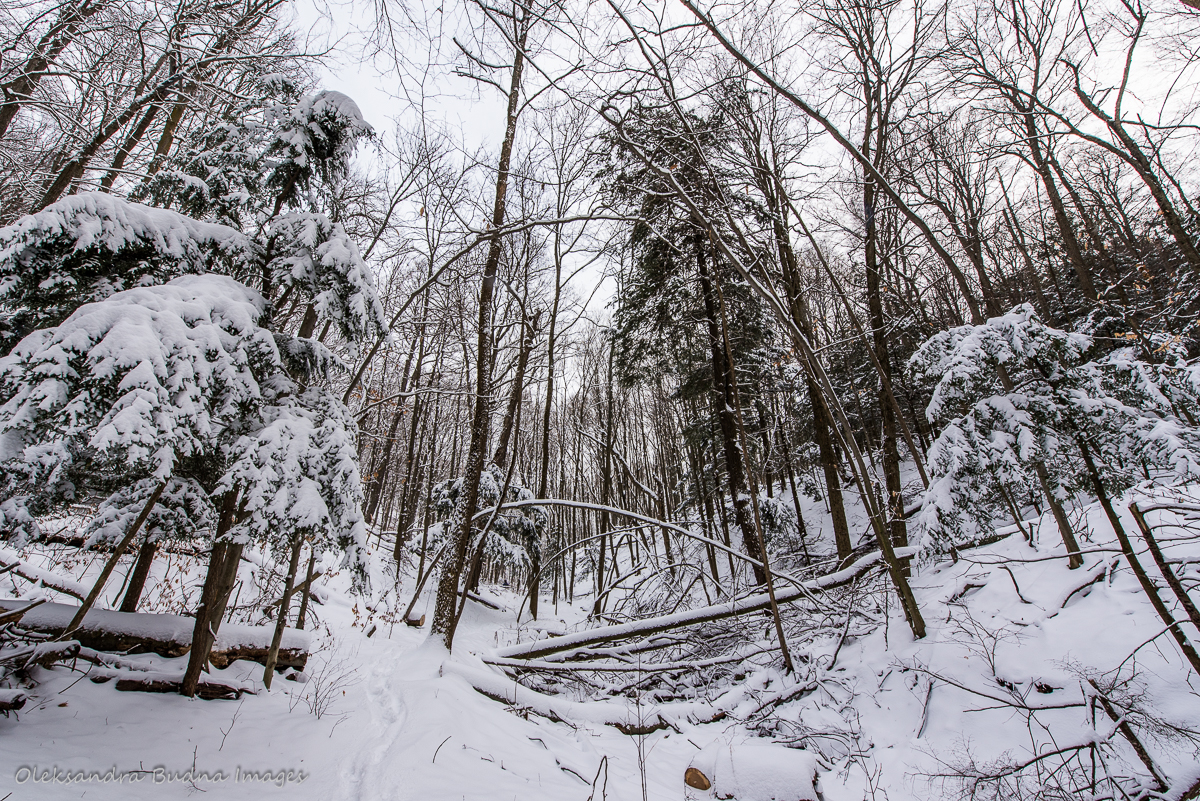
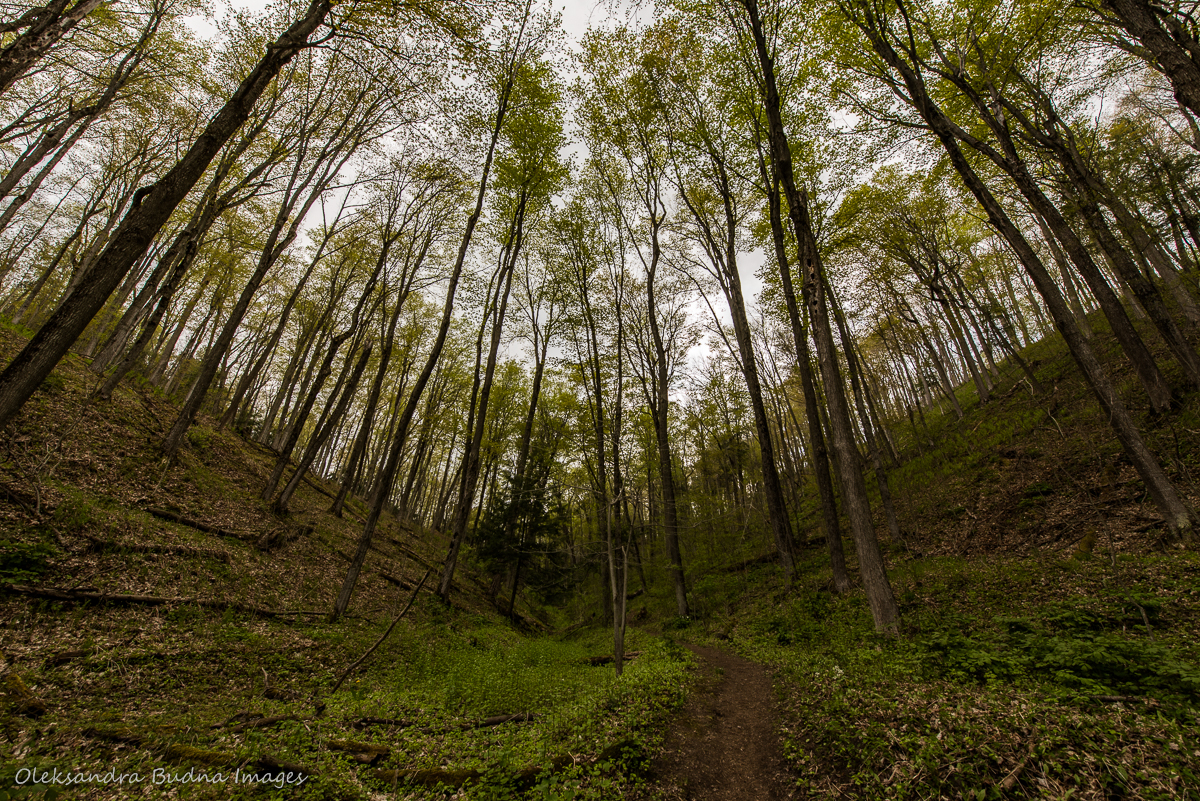

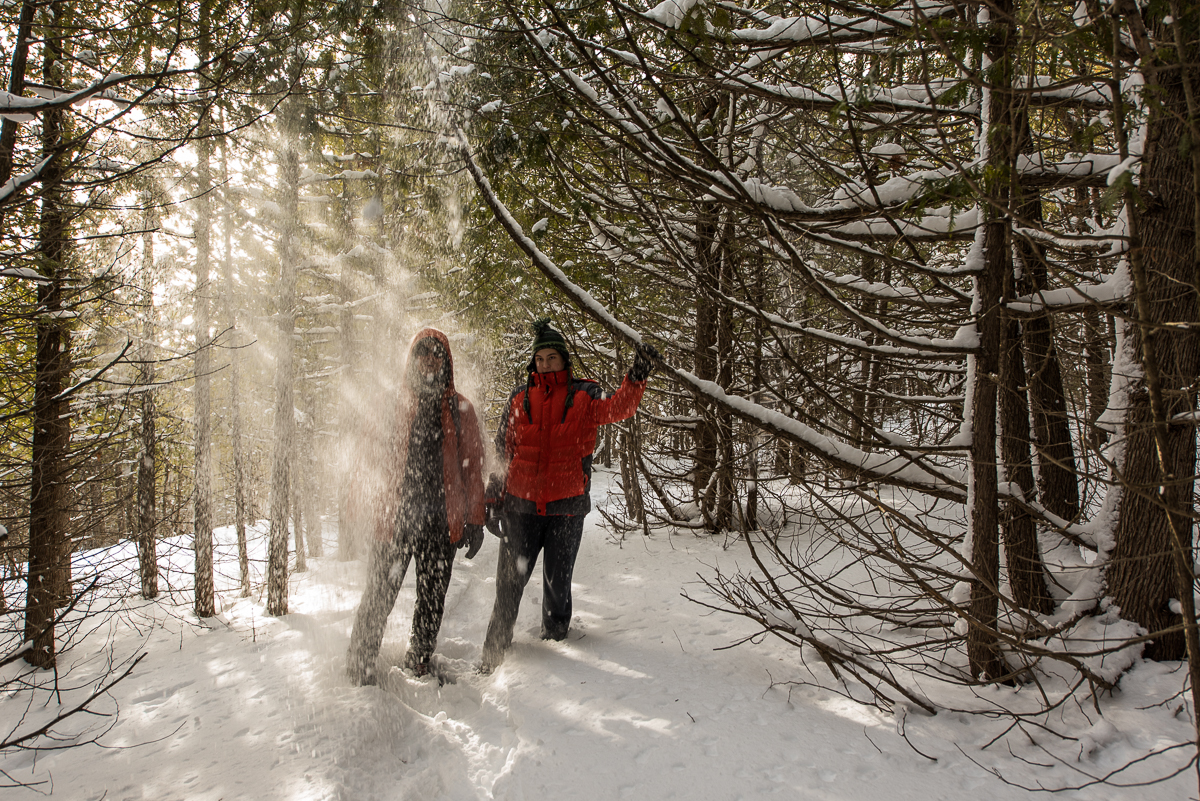
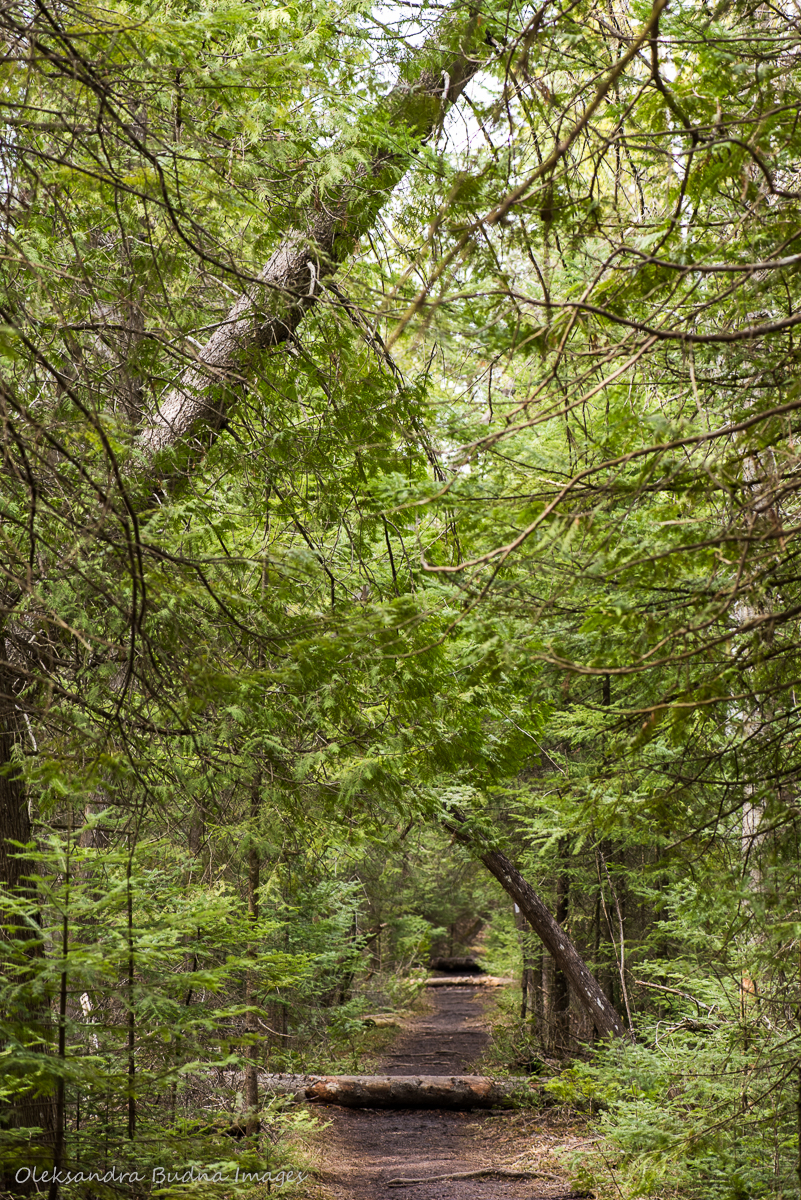
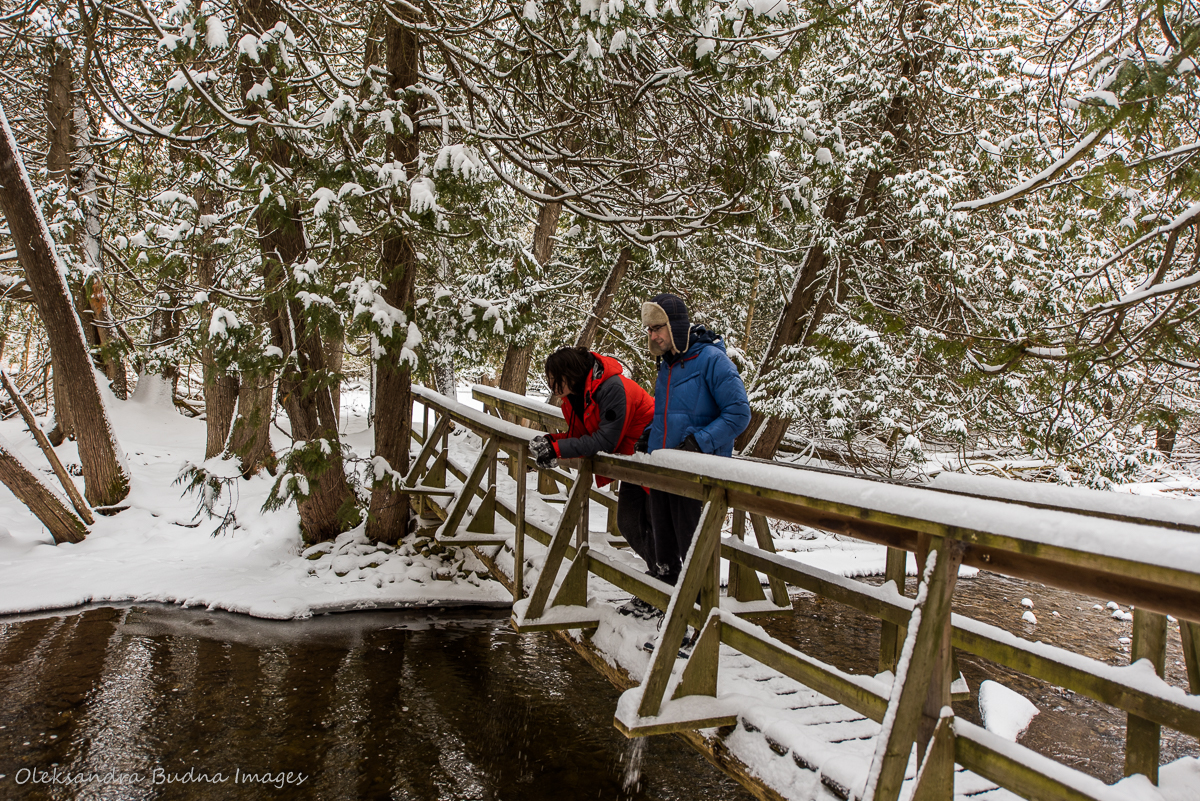
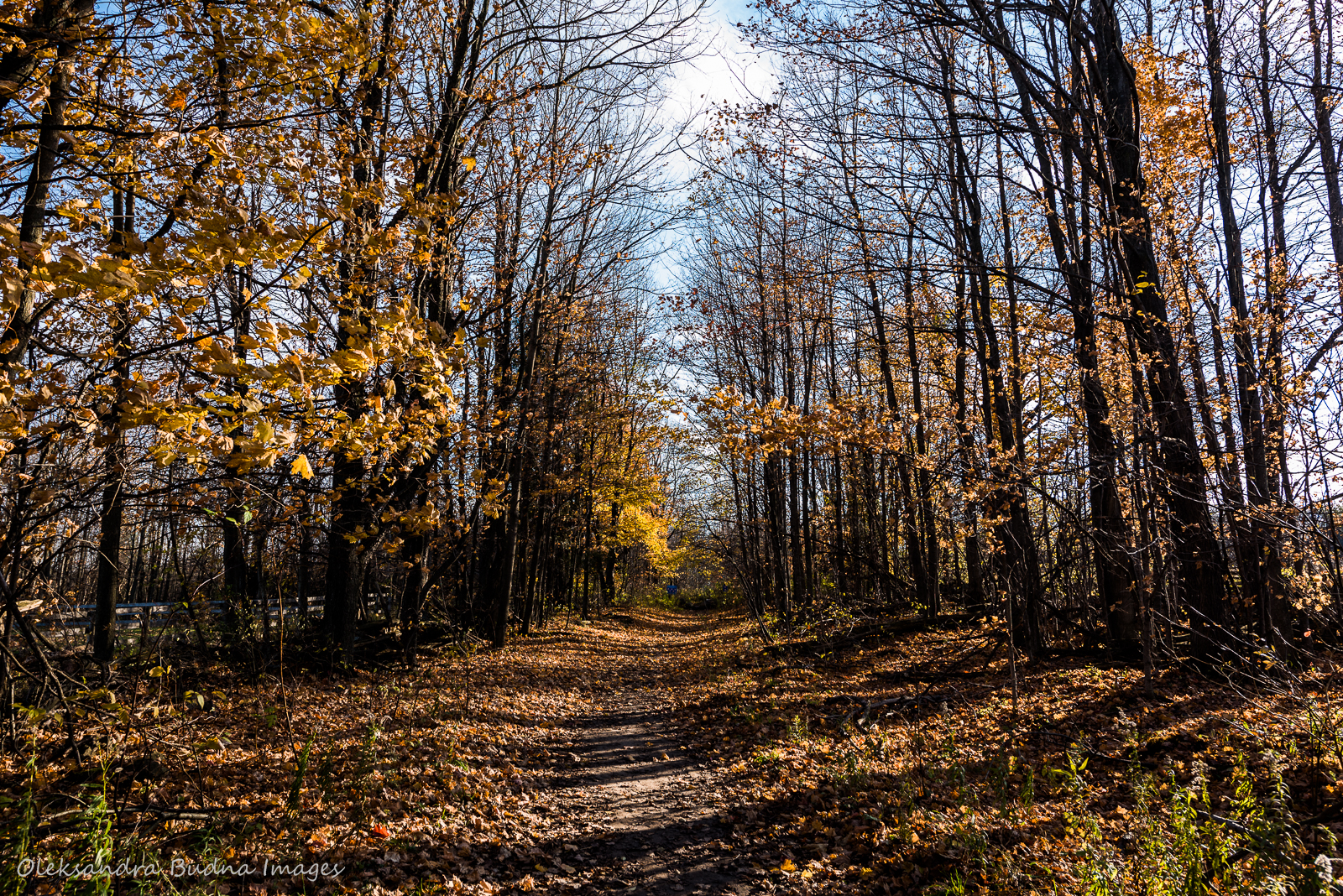

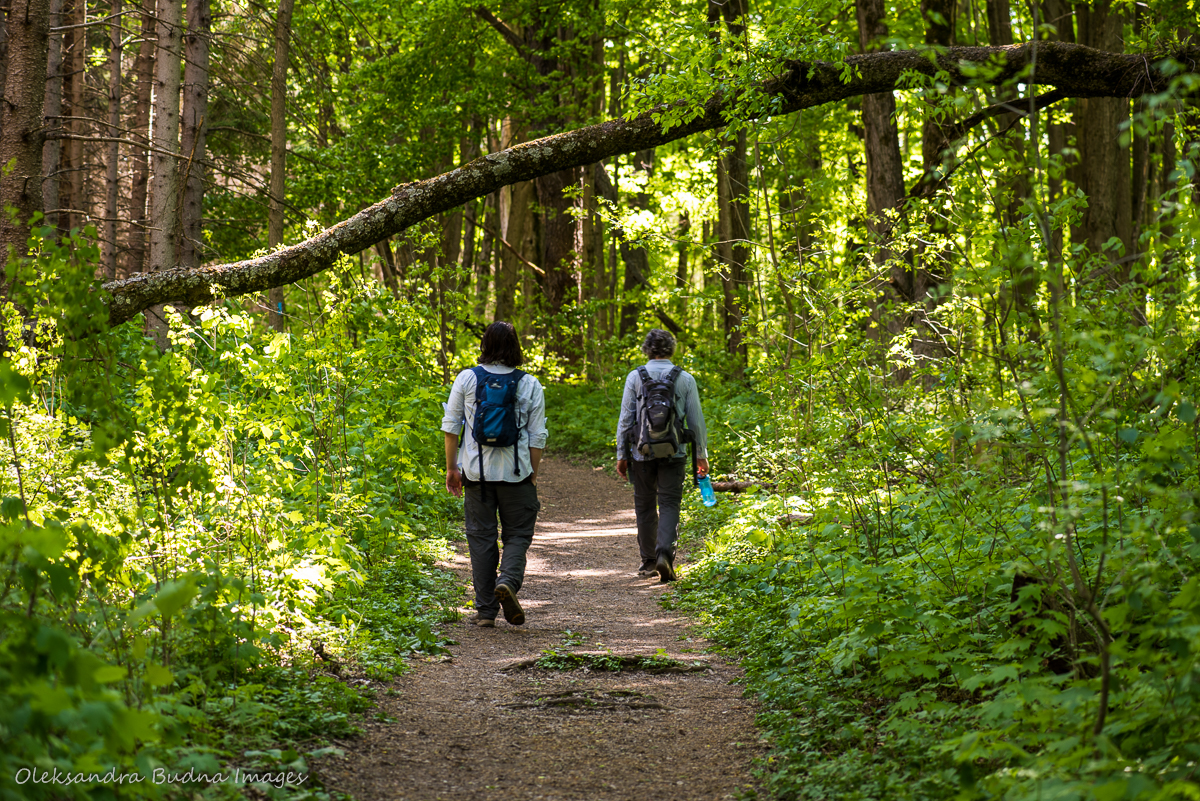
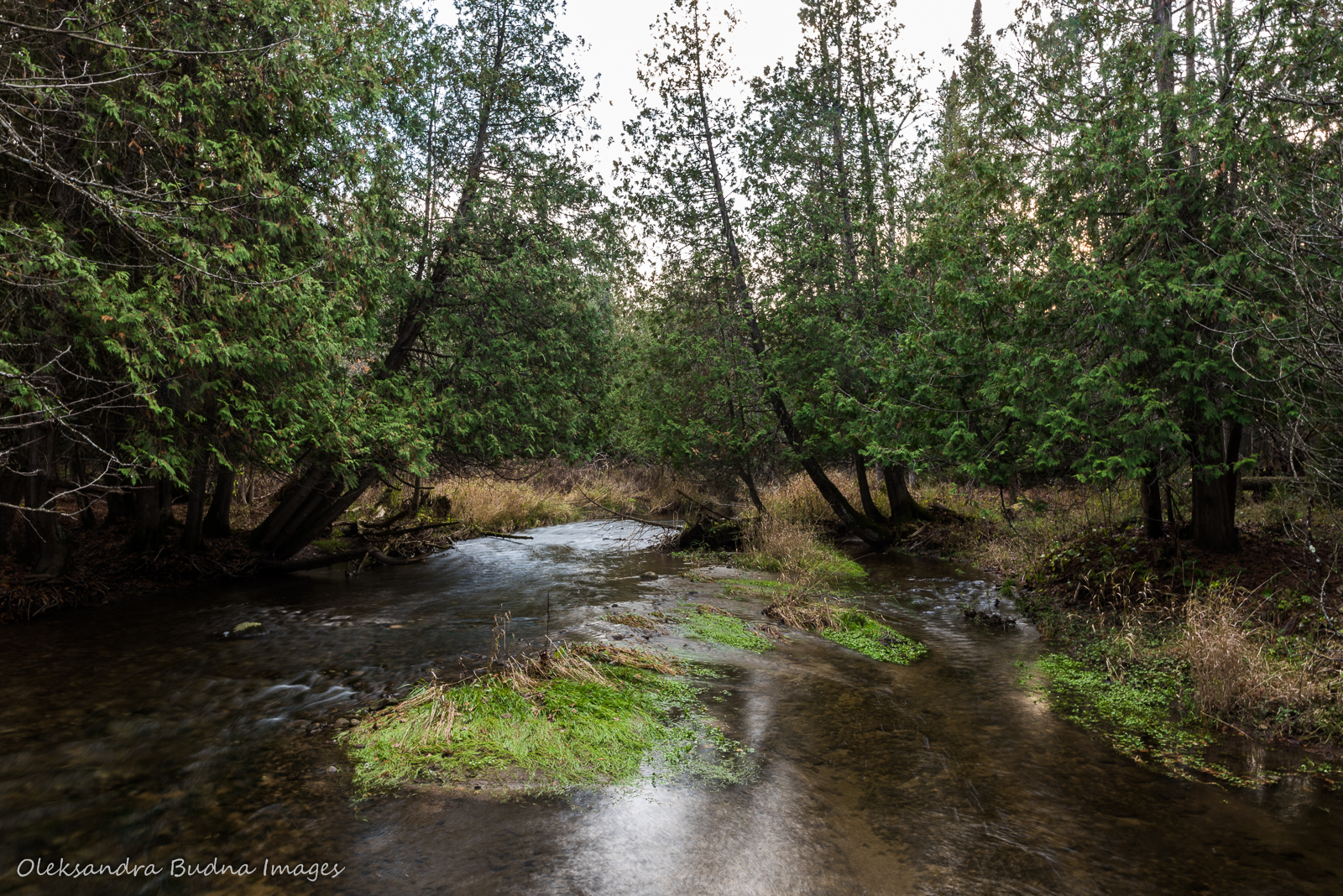
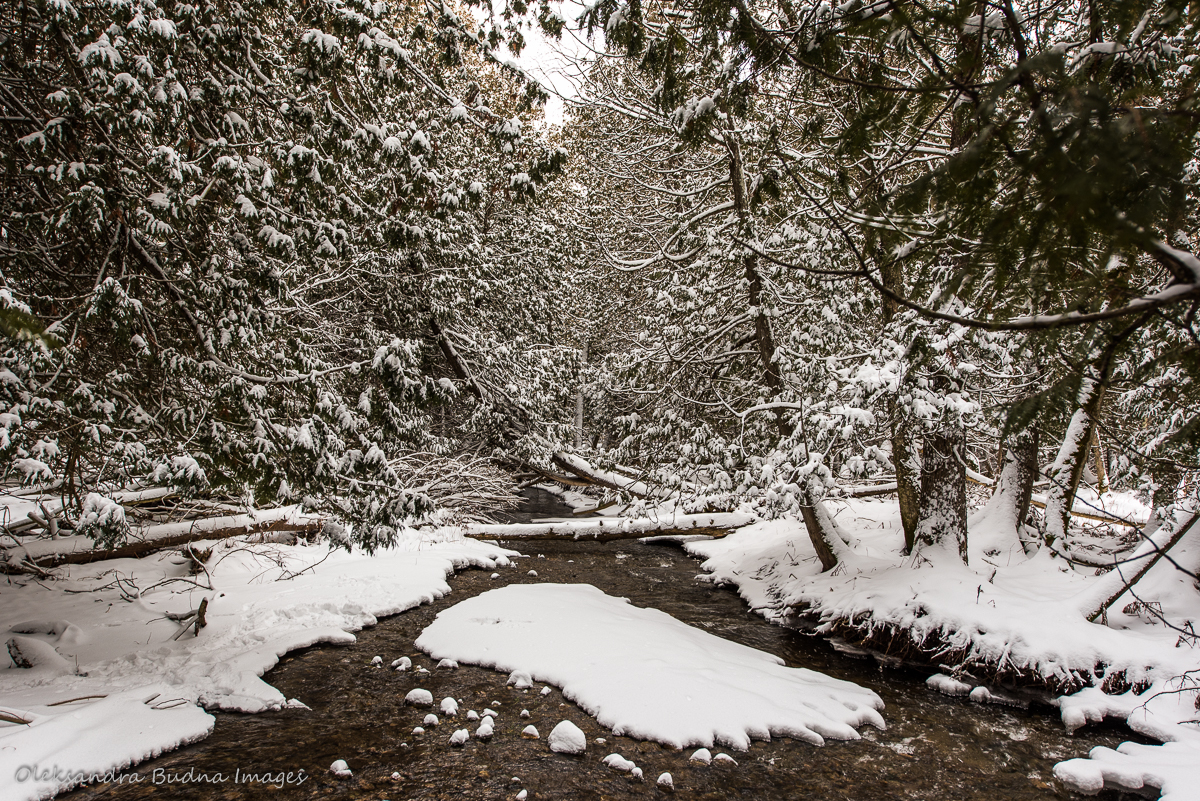

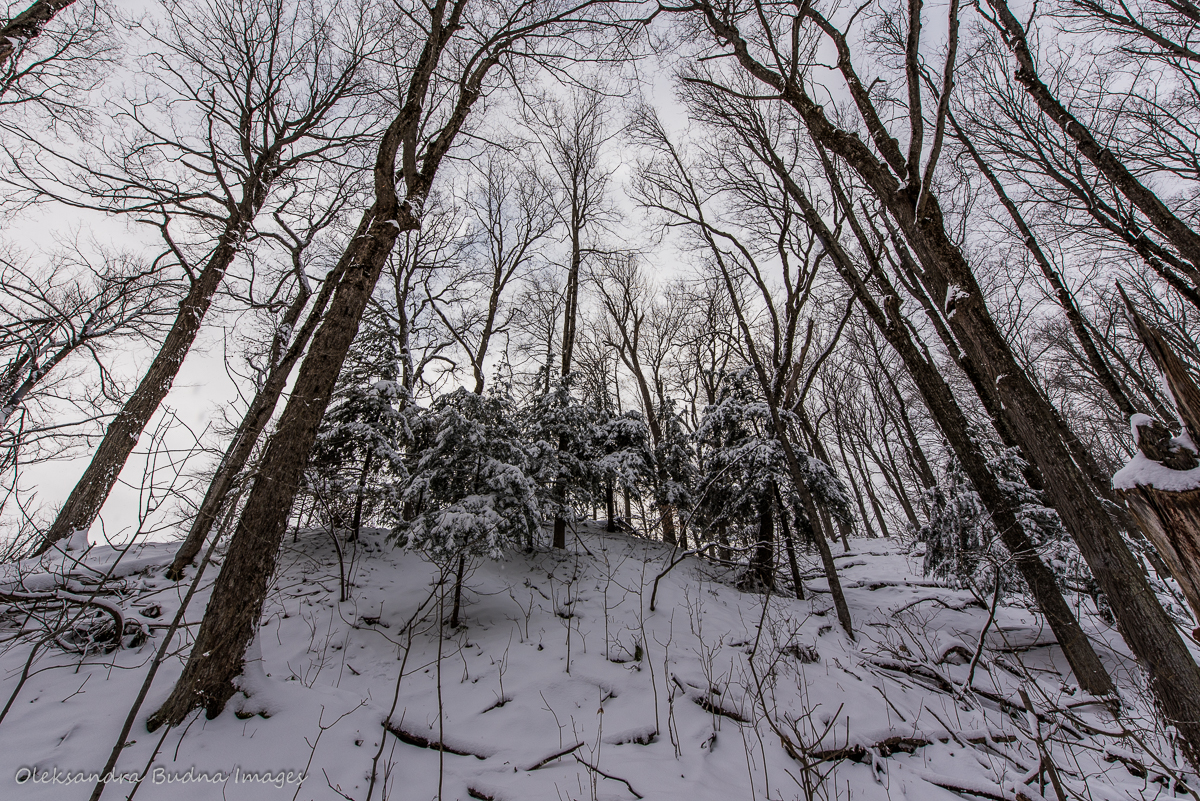

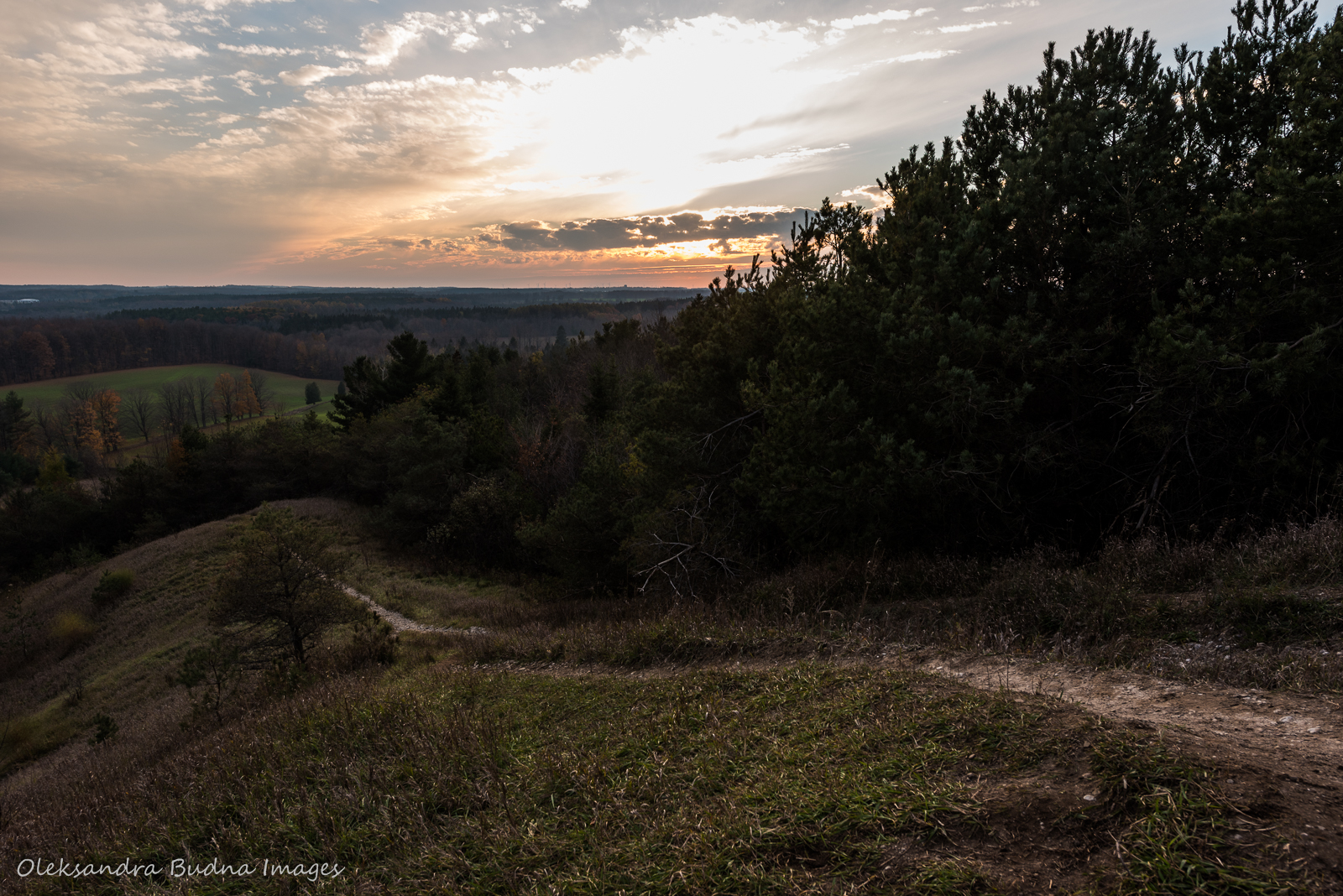
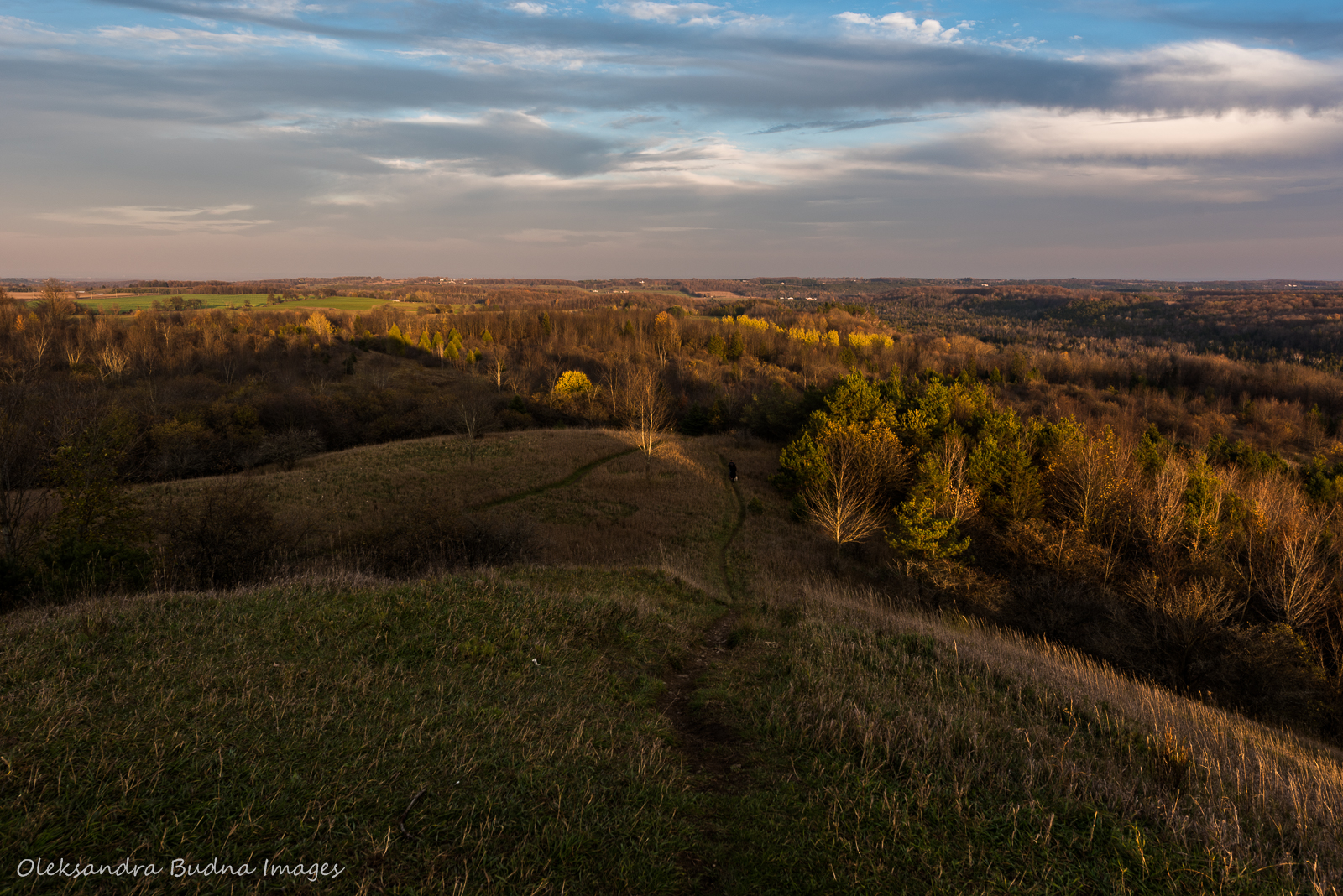
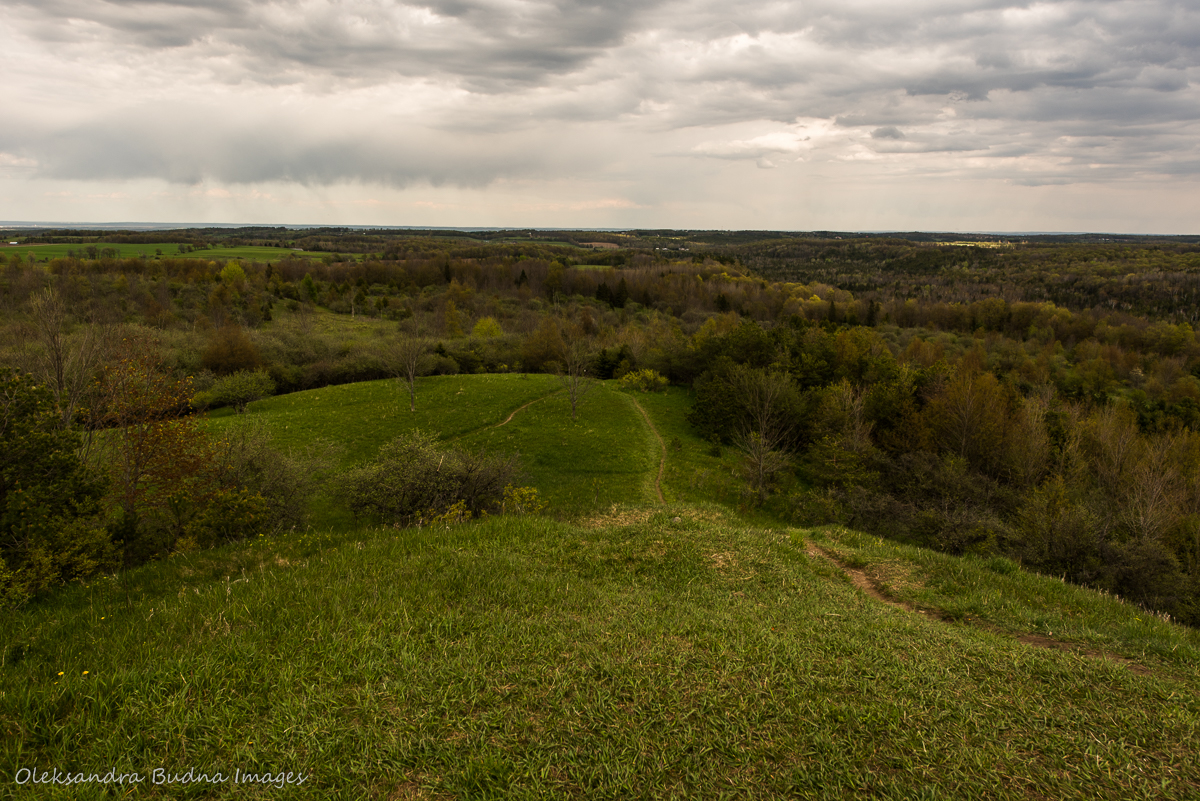
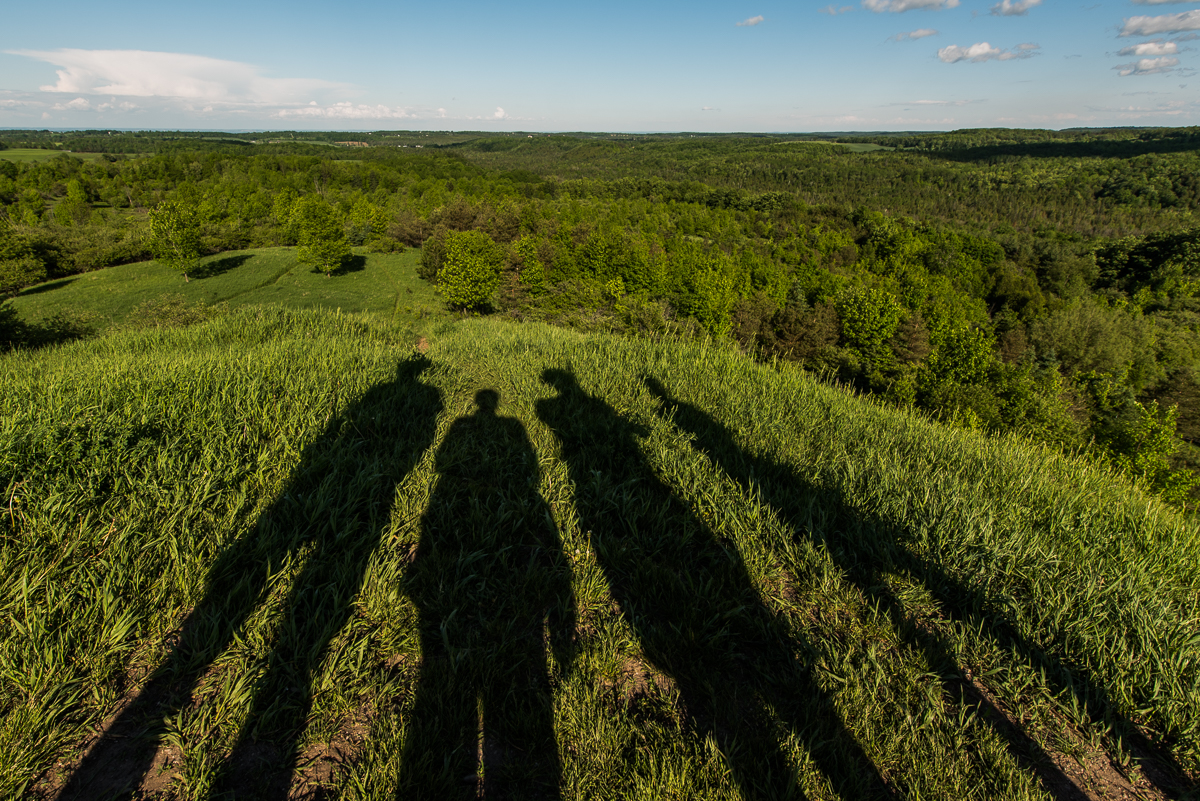
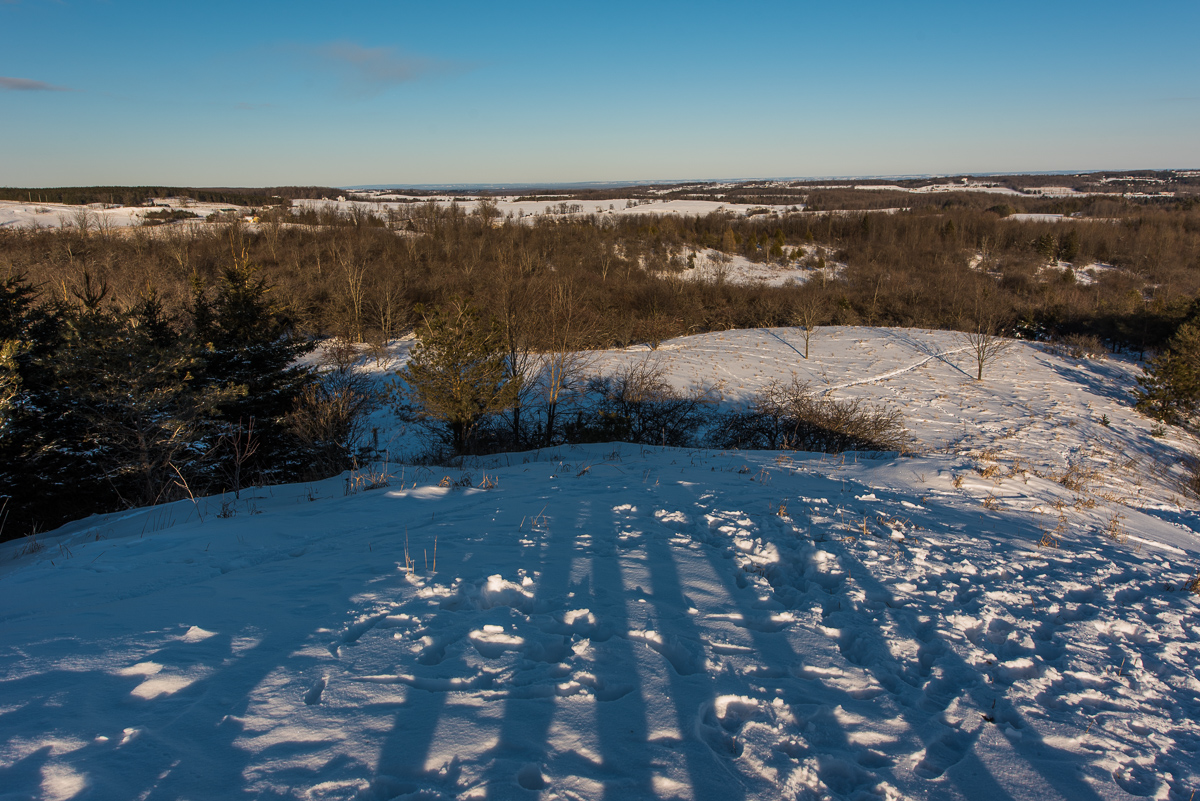

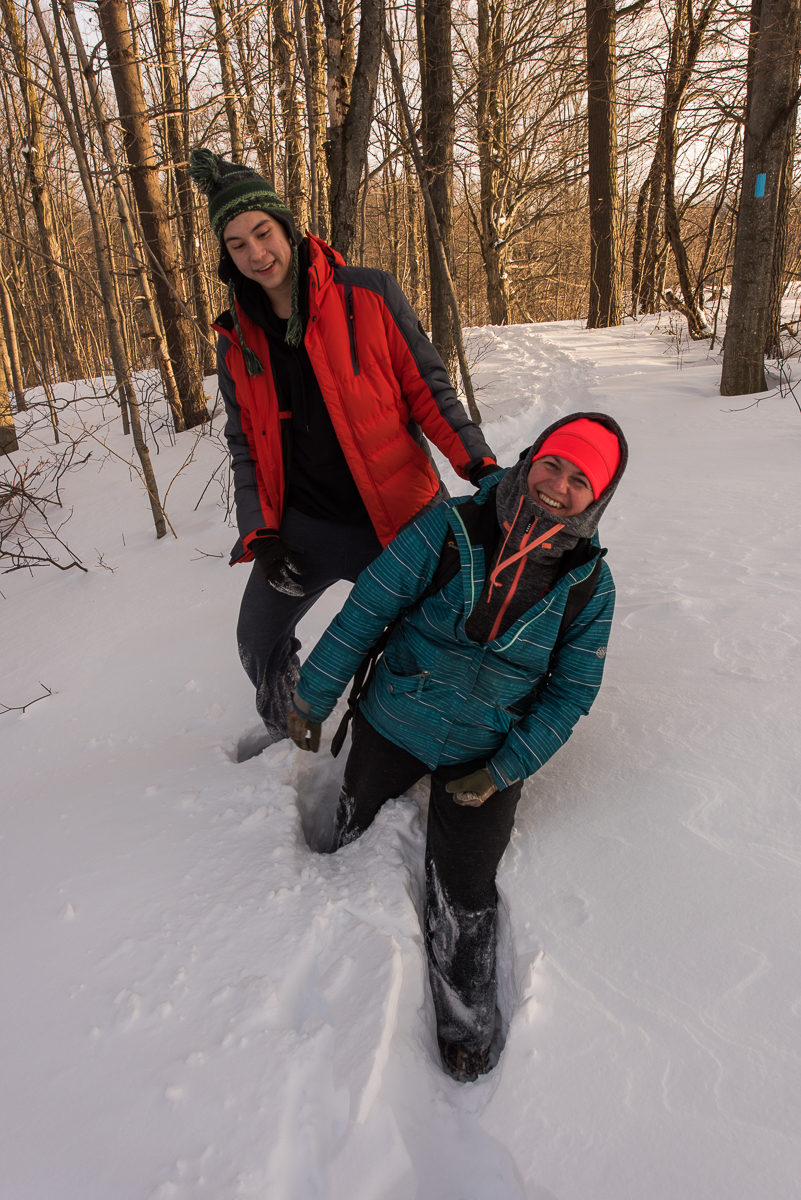
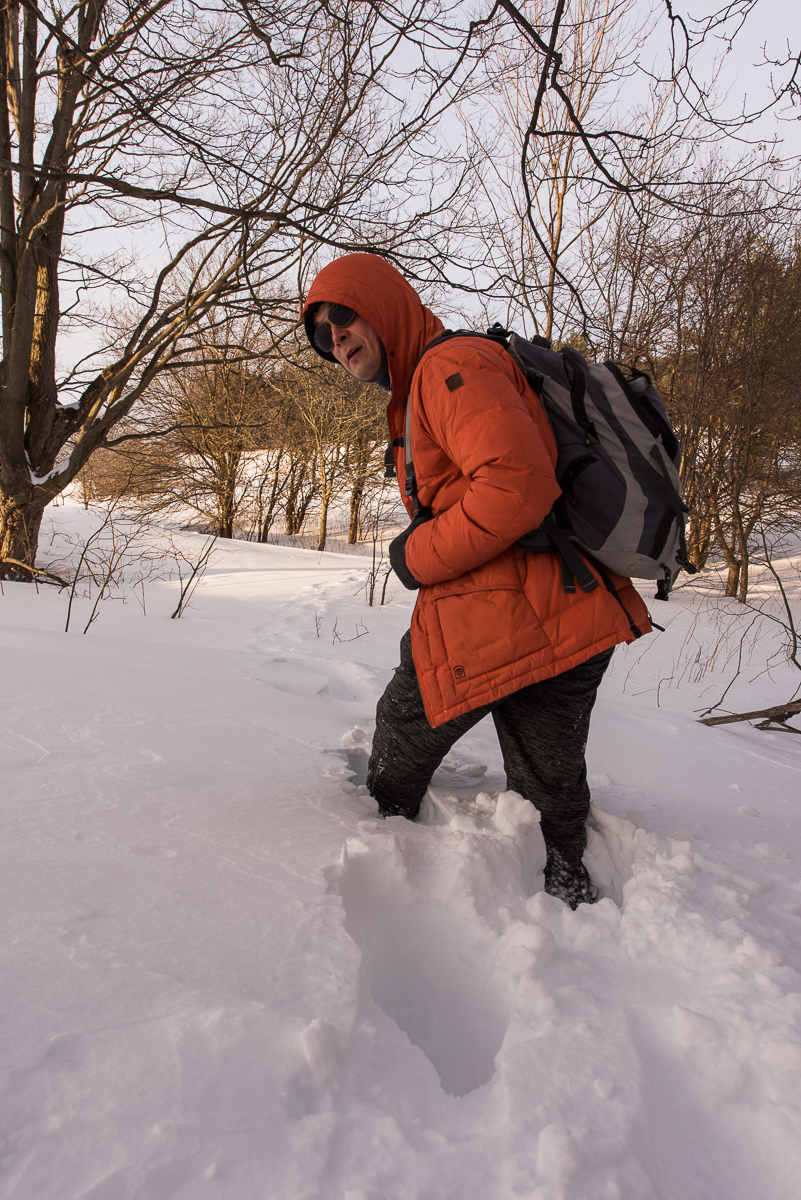


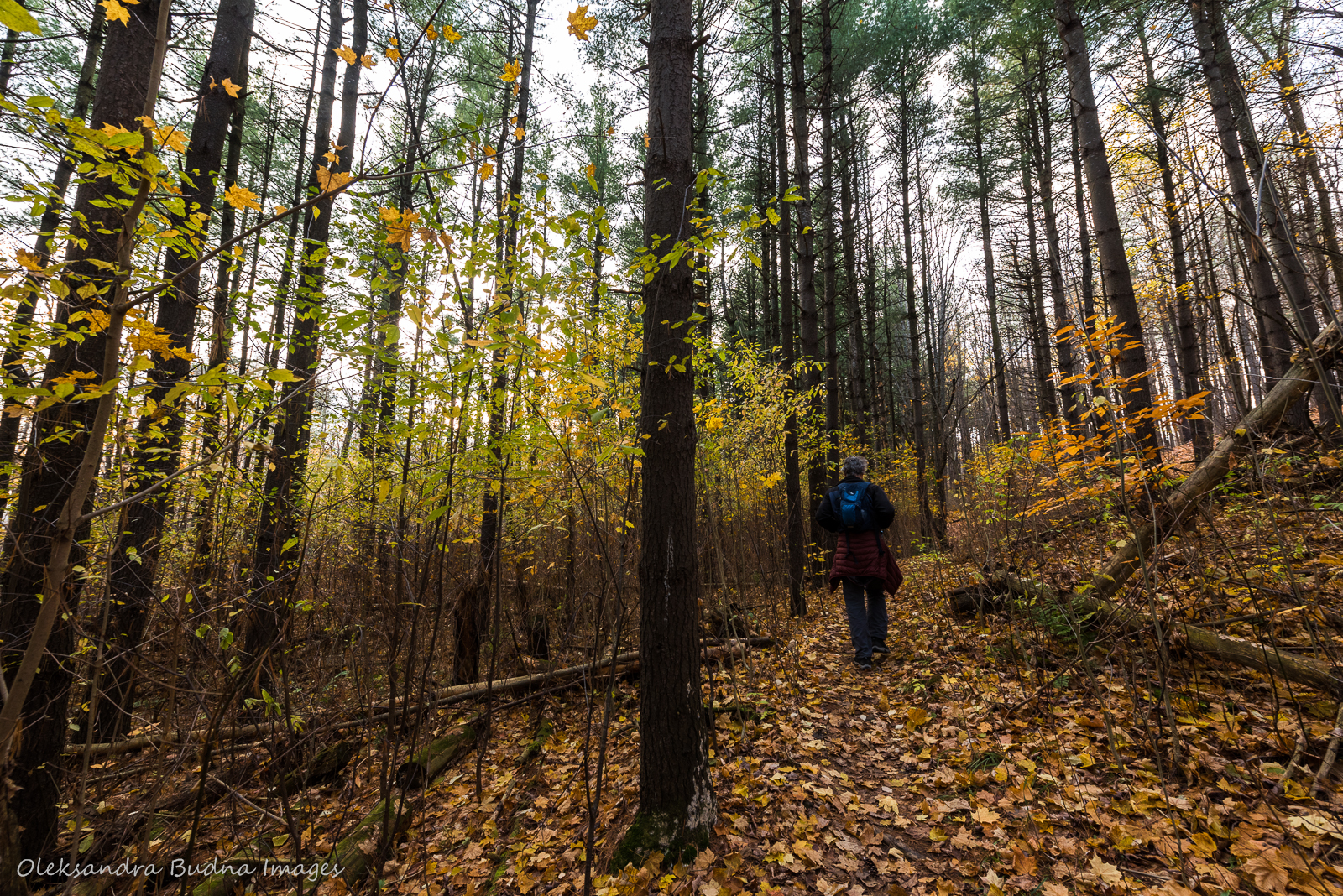

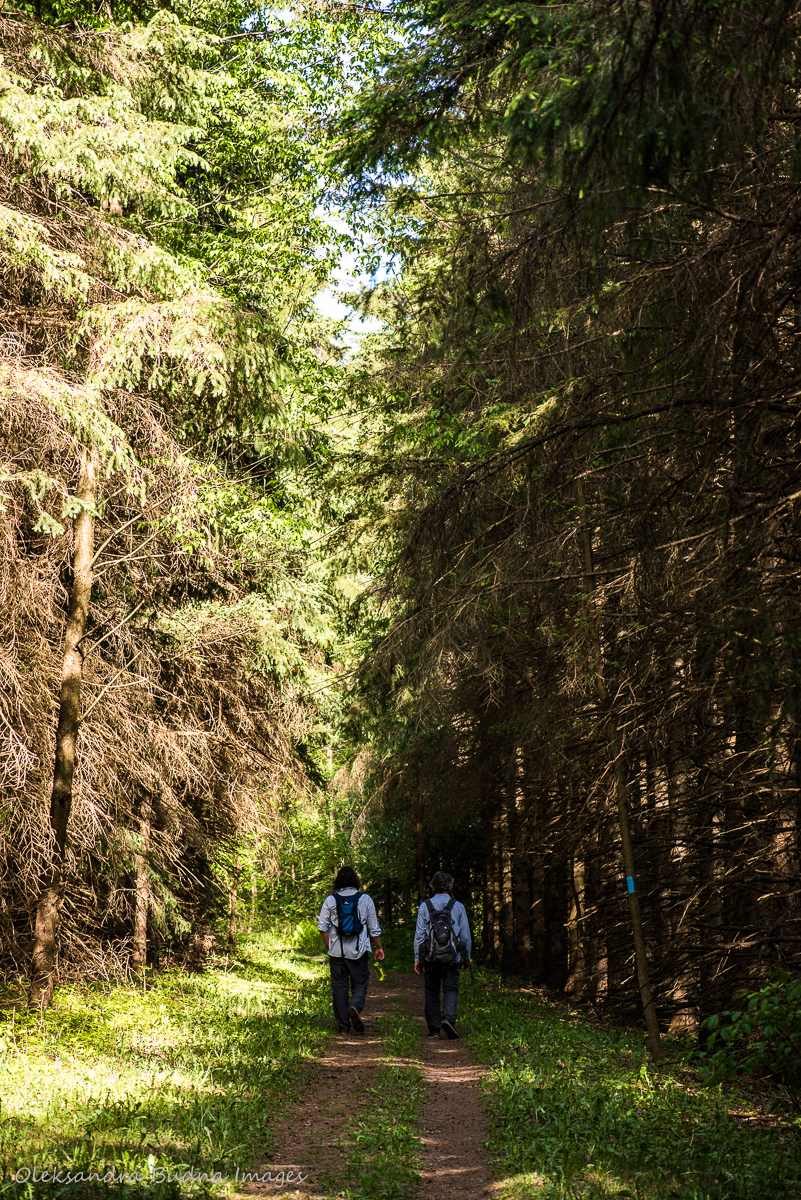
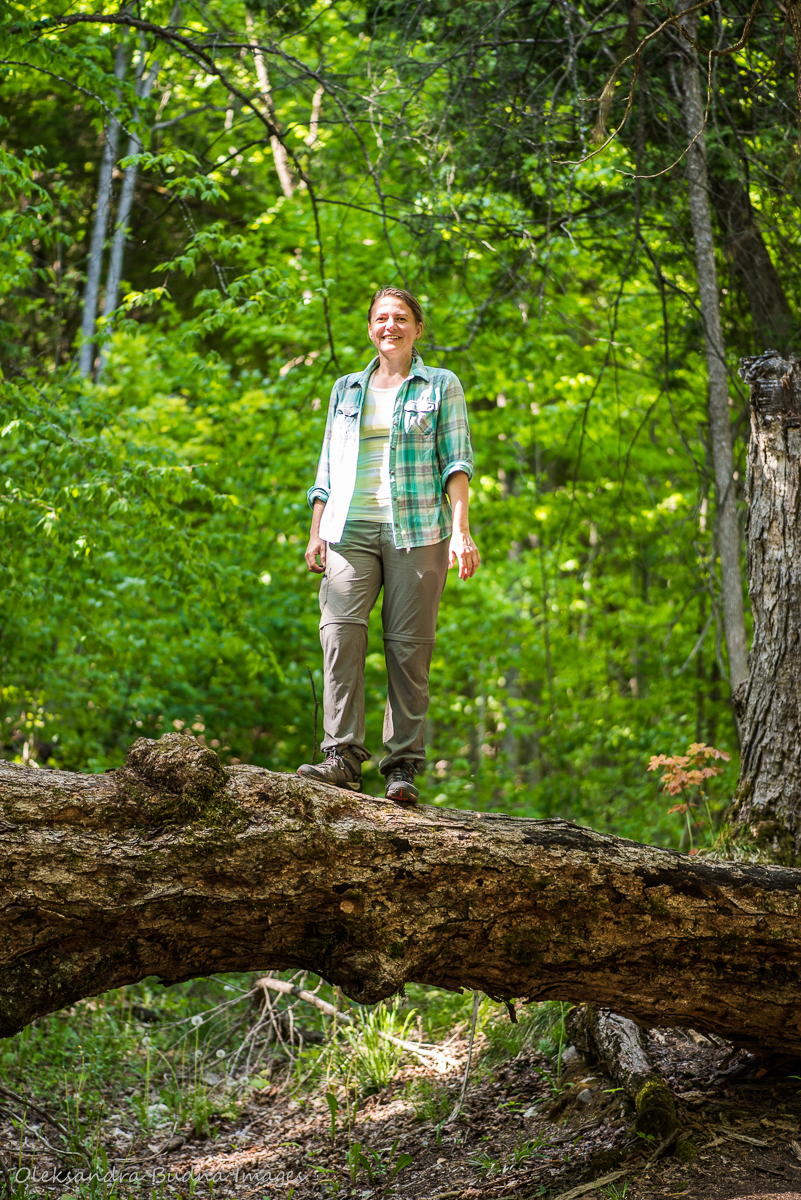
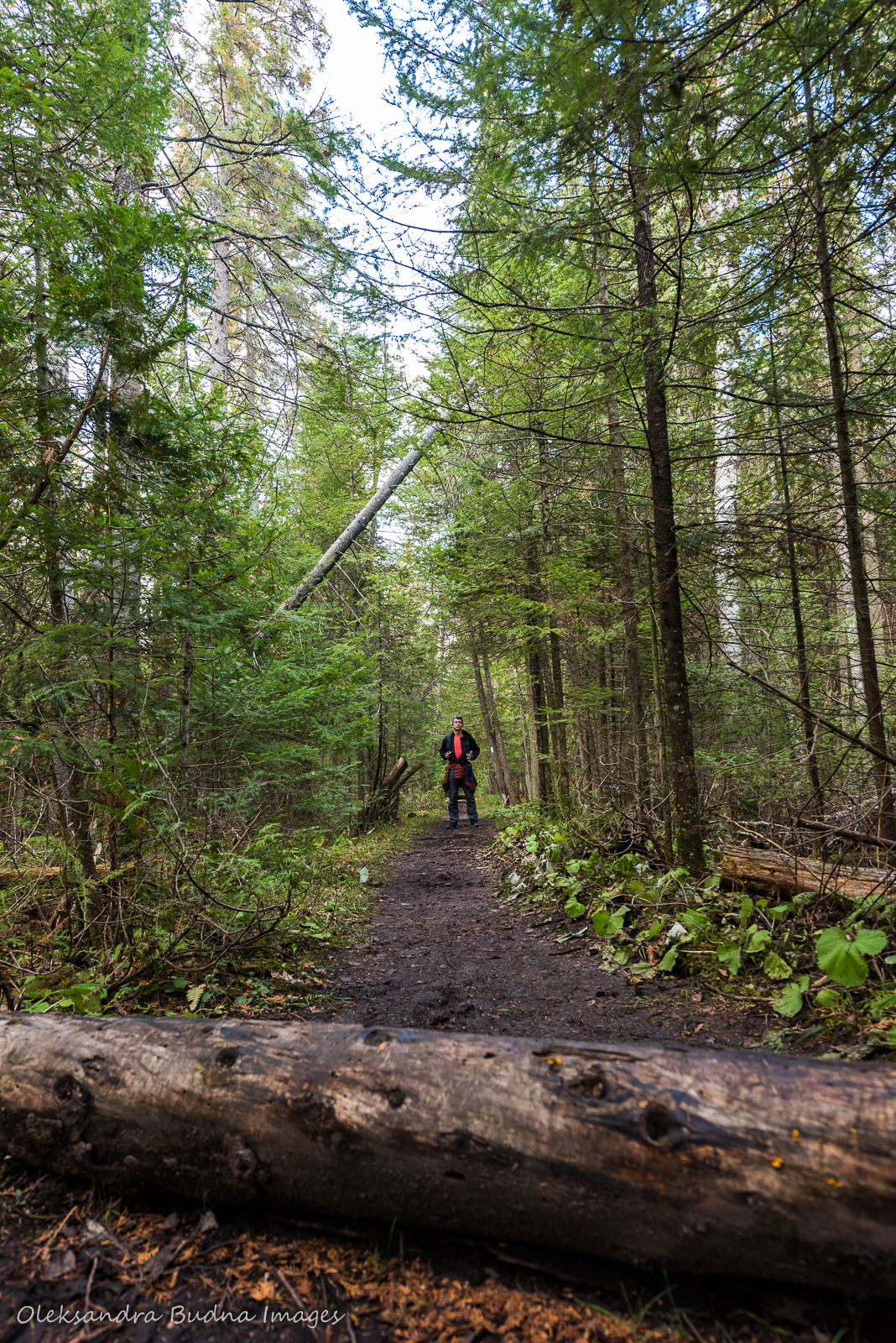
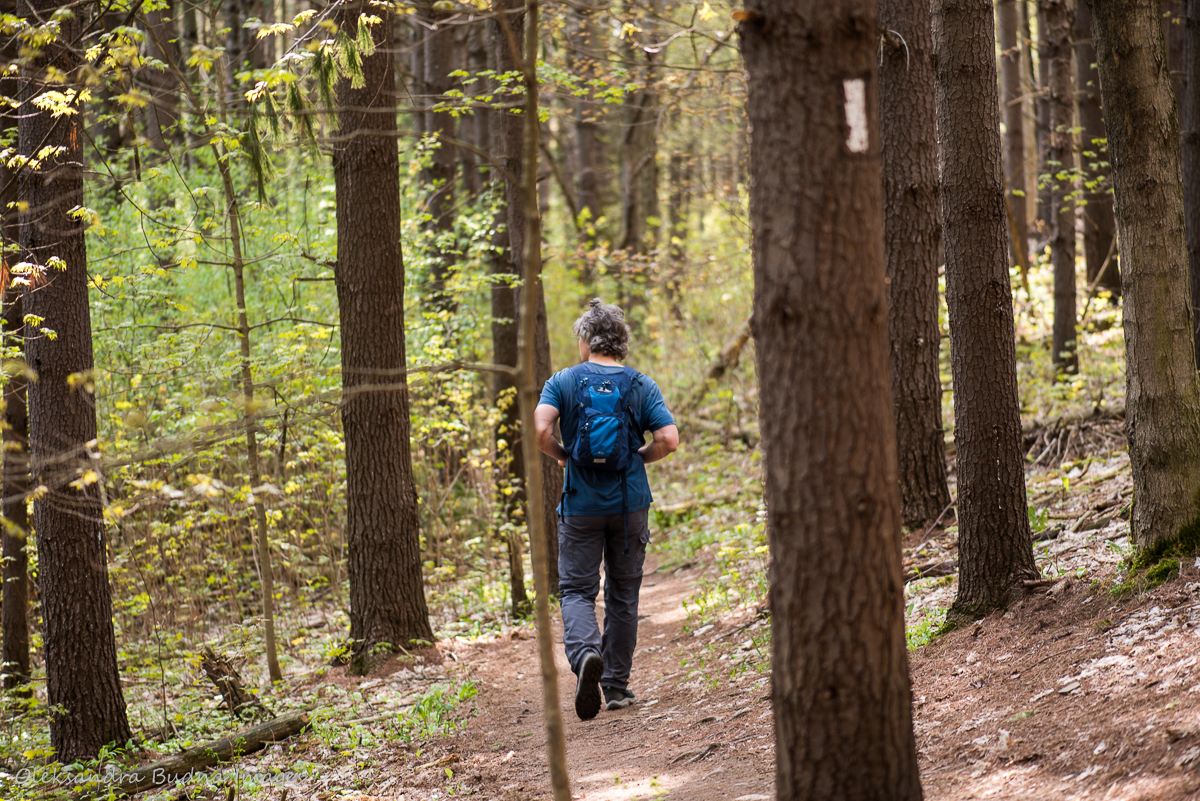
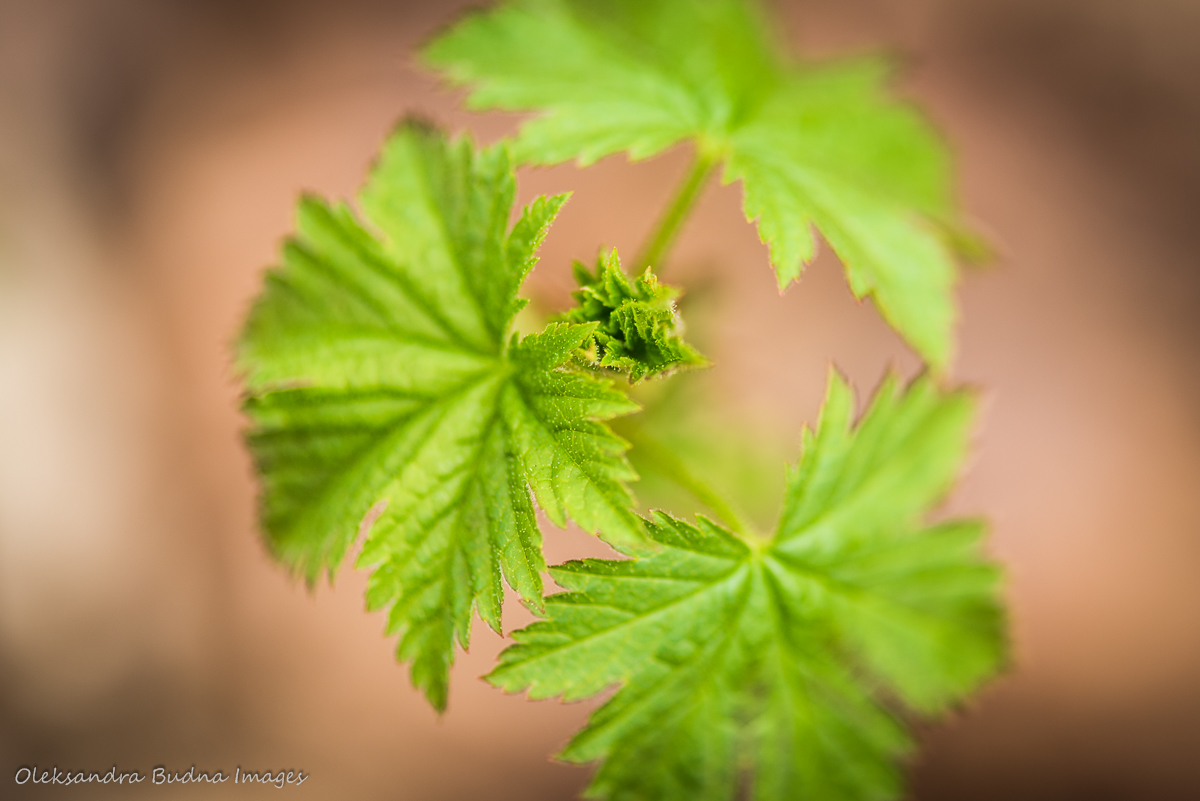


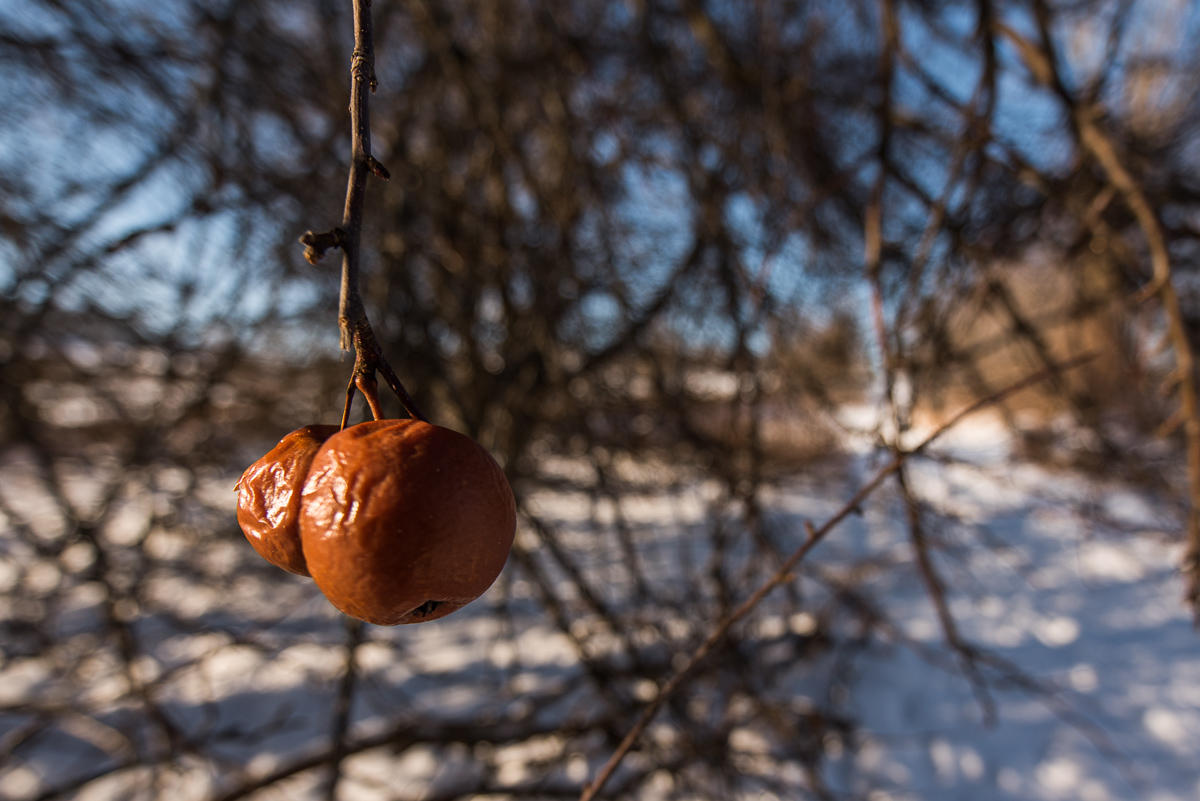

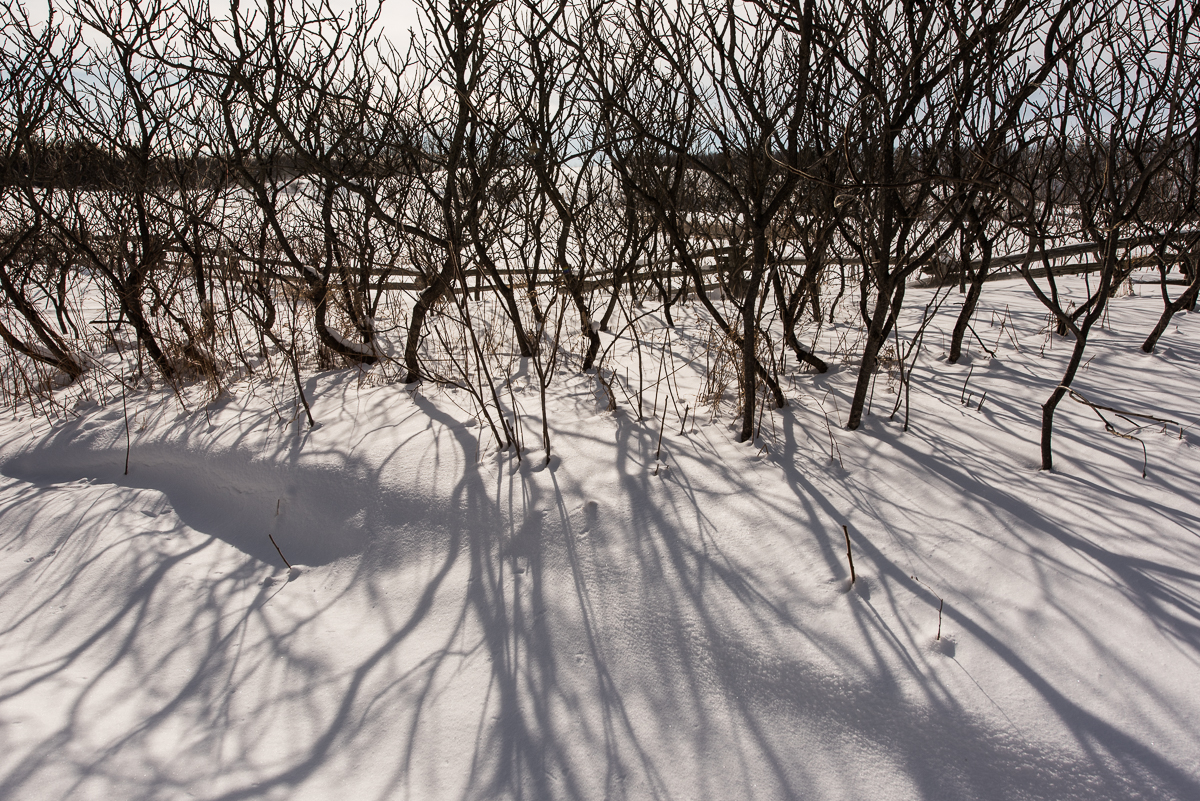
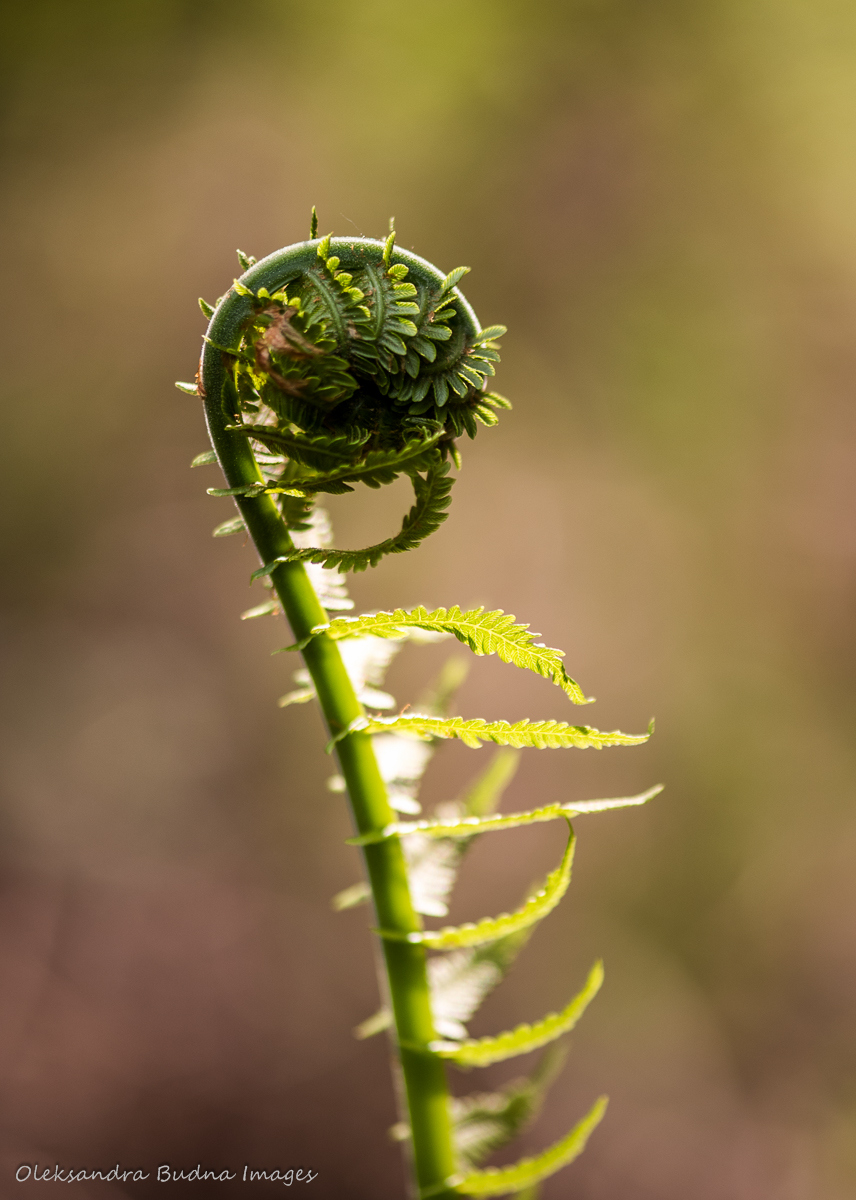
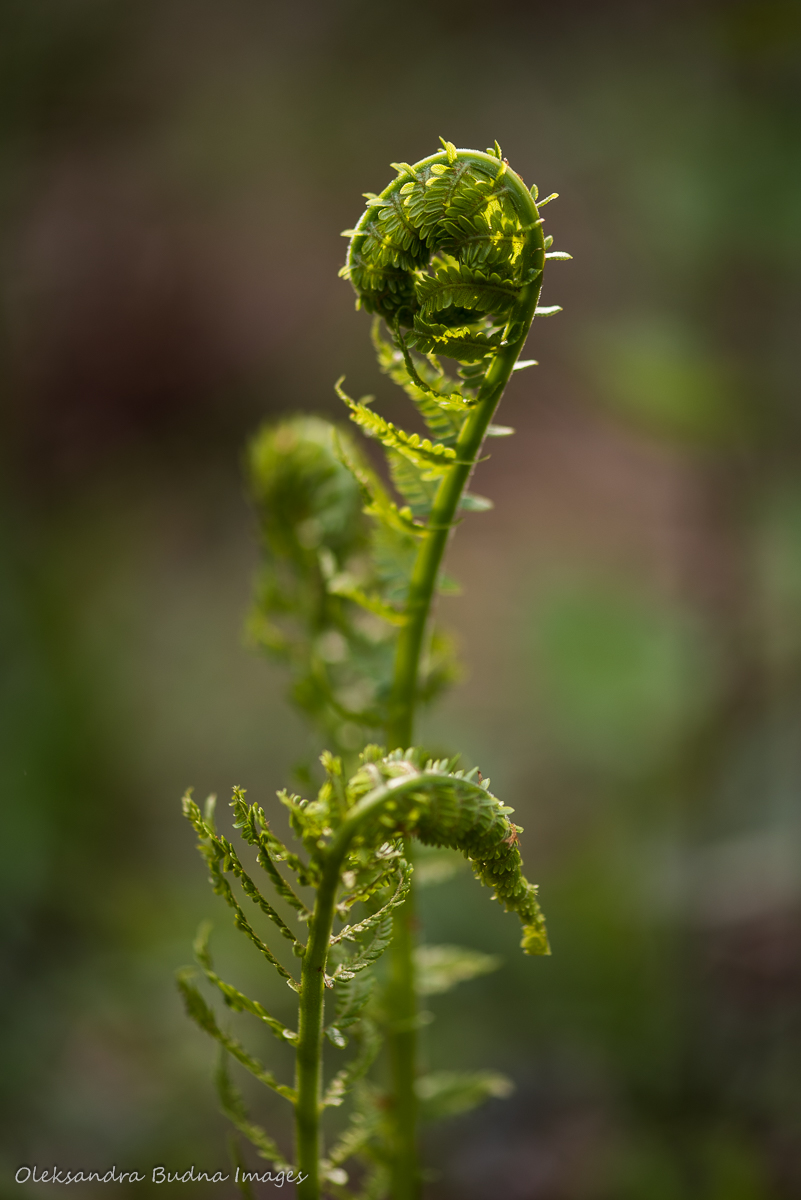
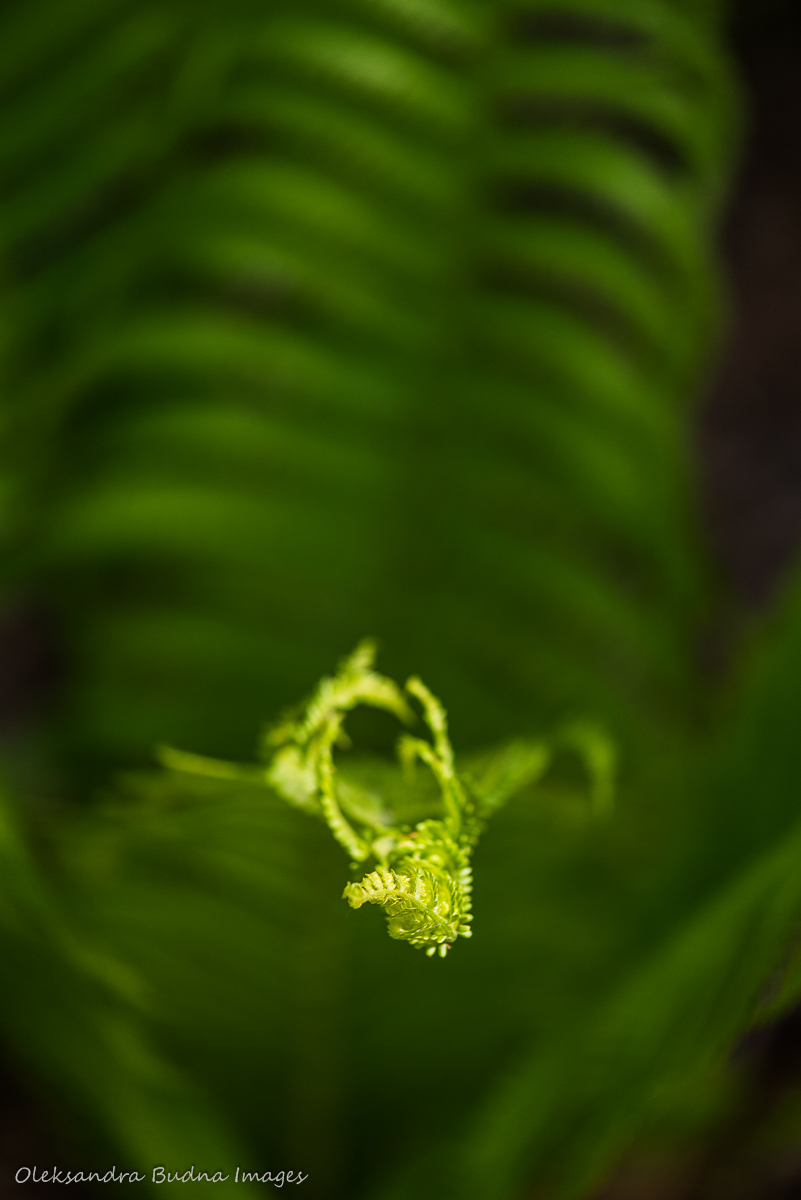
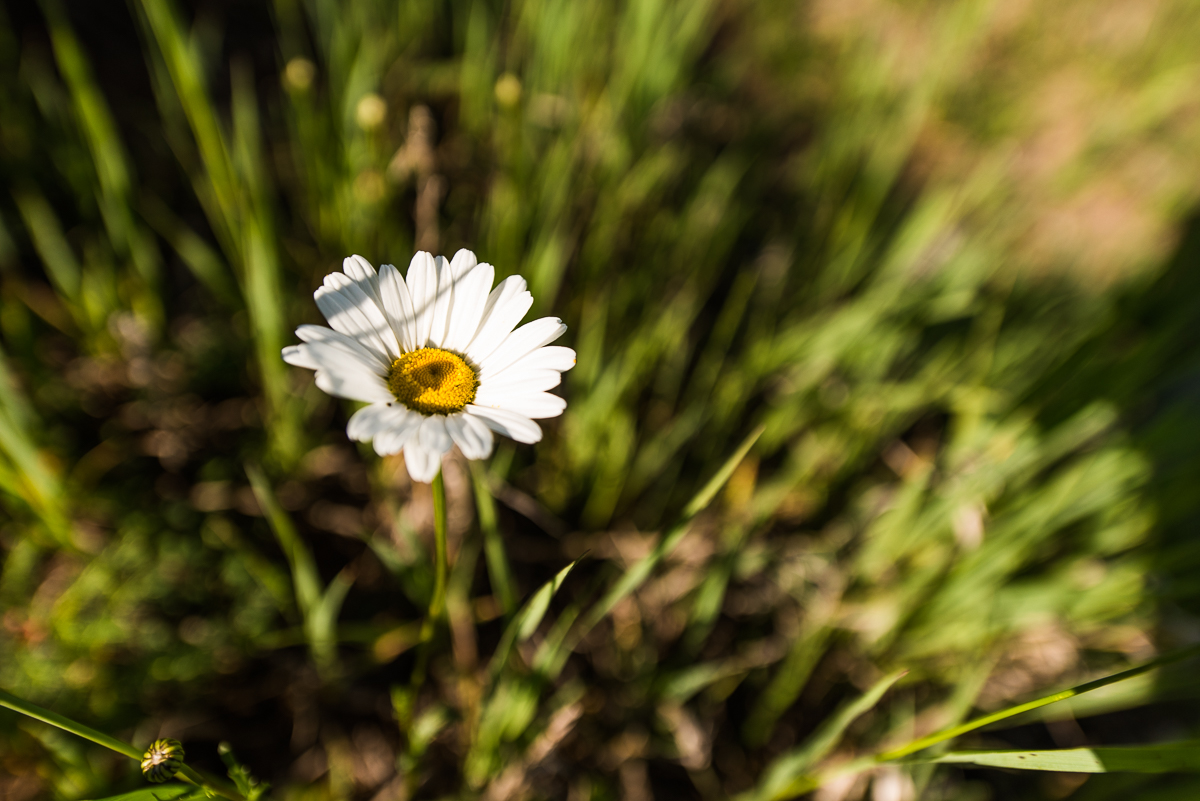

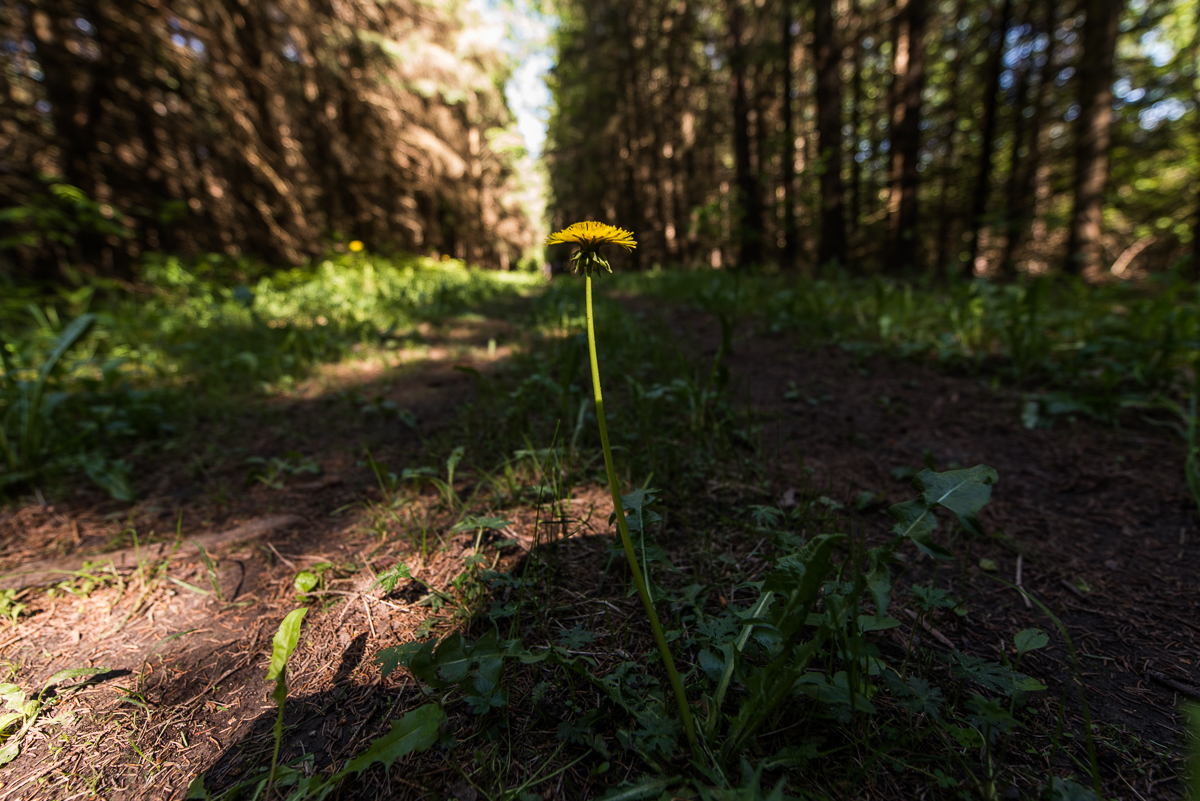
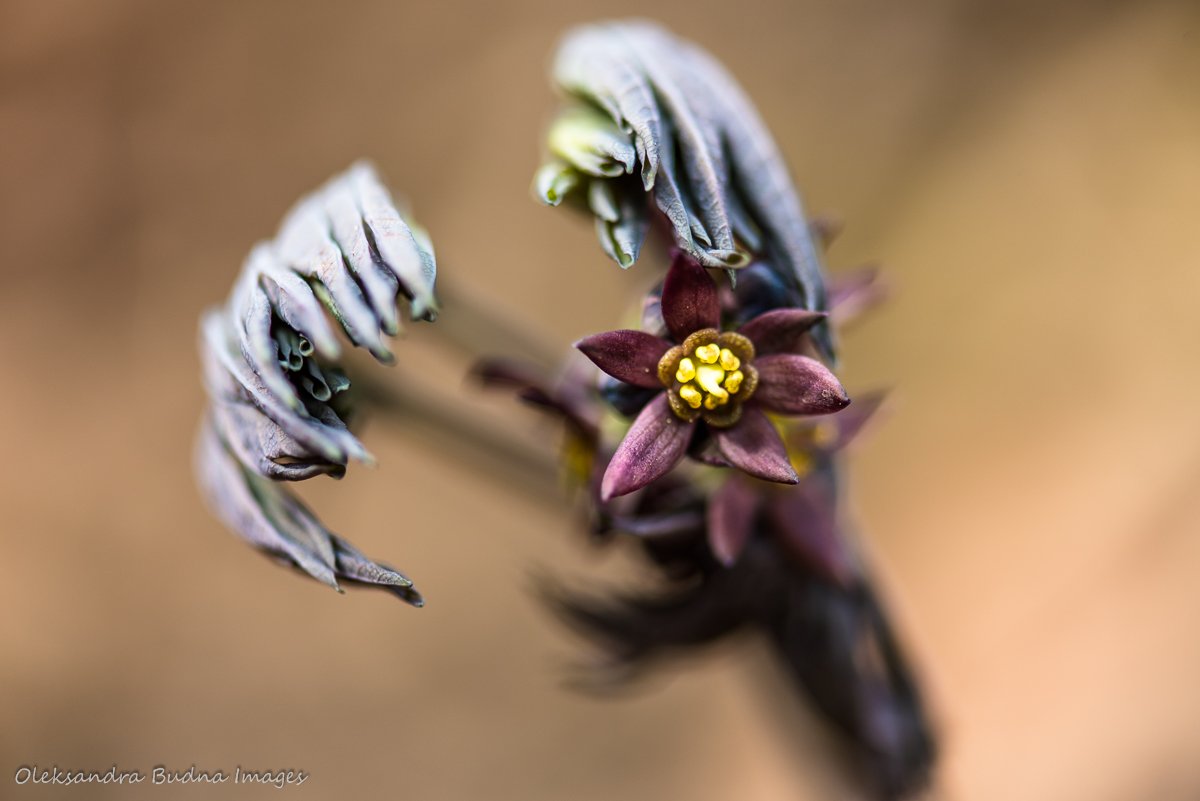
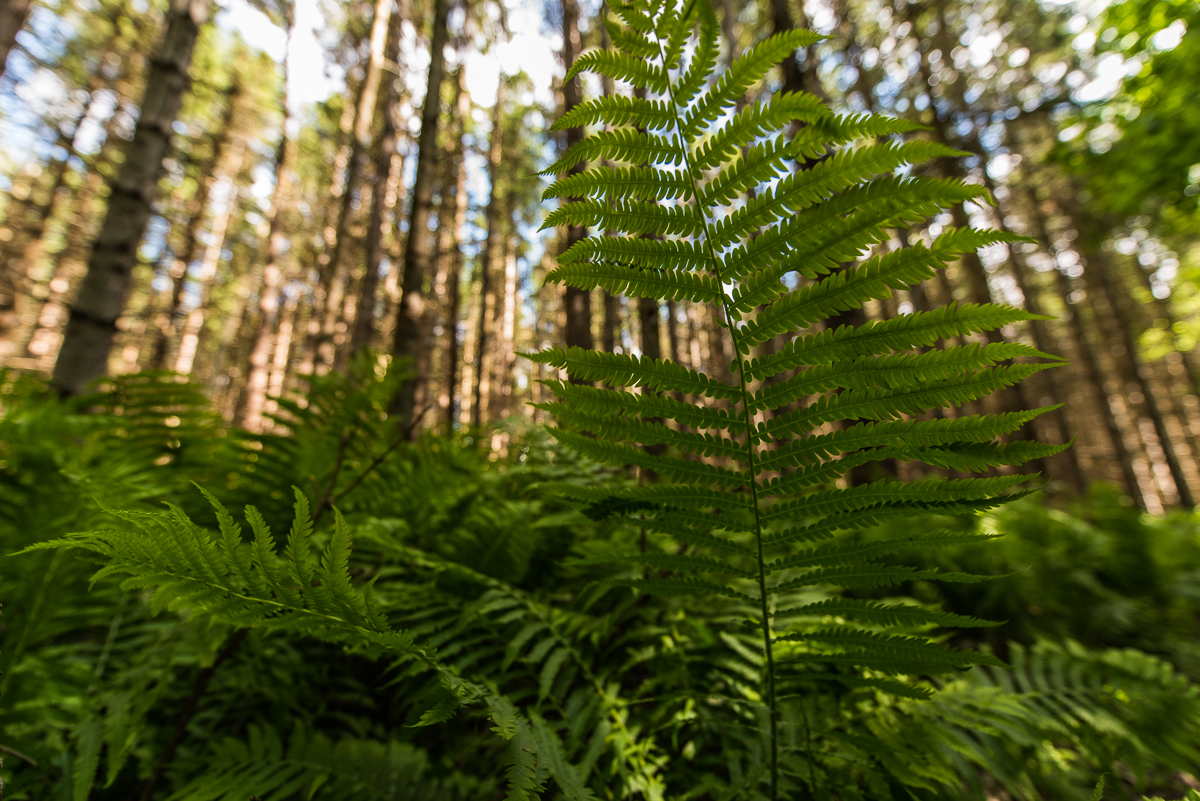




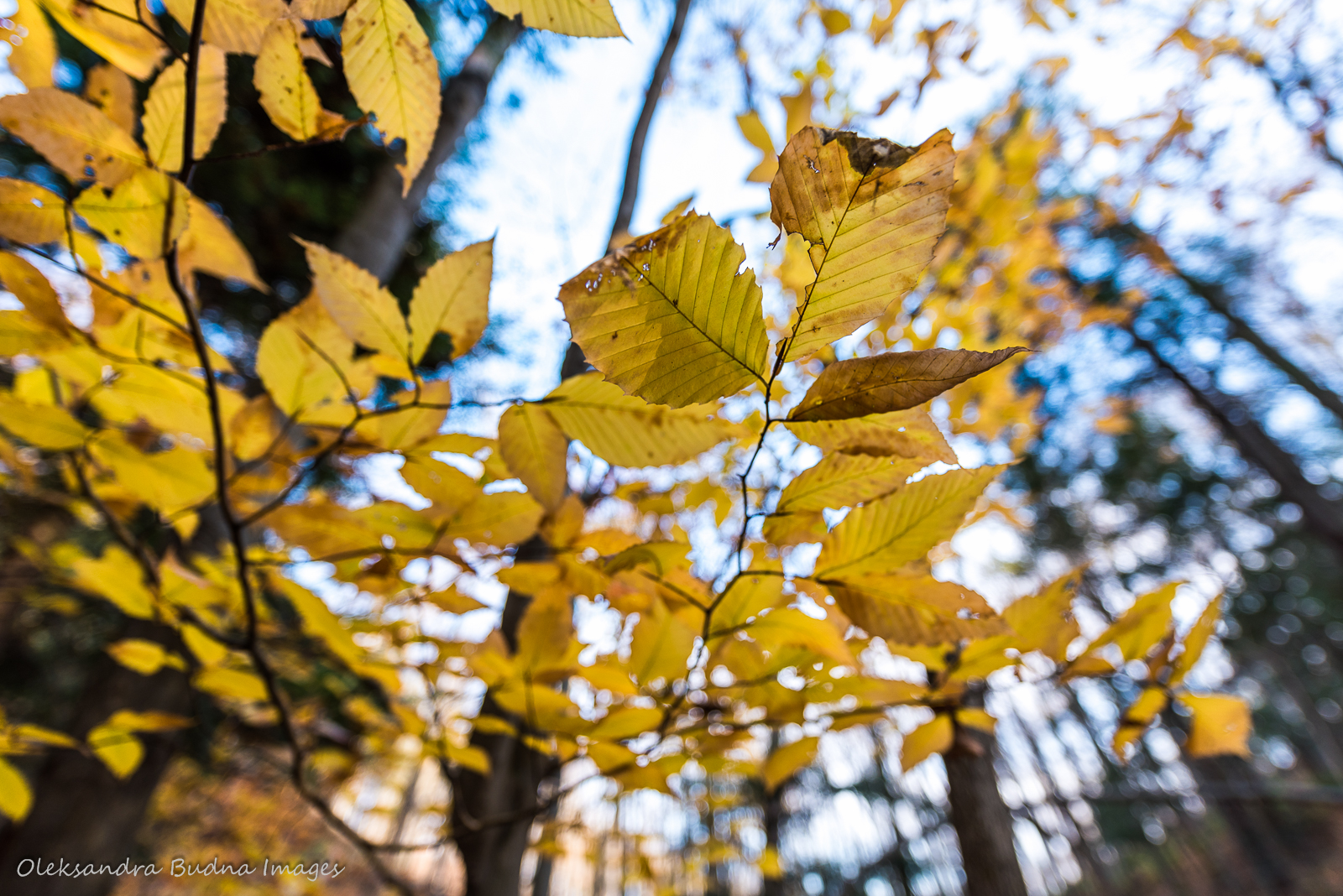

I like what you said about the permanence of change. With covid restrictions making us feel stuck we can remember that change is happening. We can accept it. Thanks
Jill
>
LikeLiked by 1 person